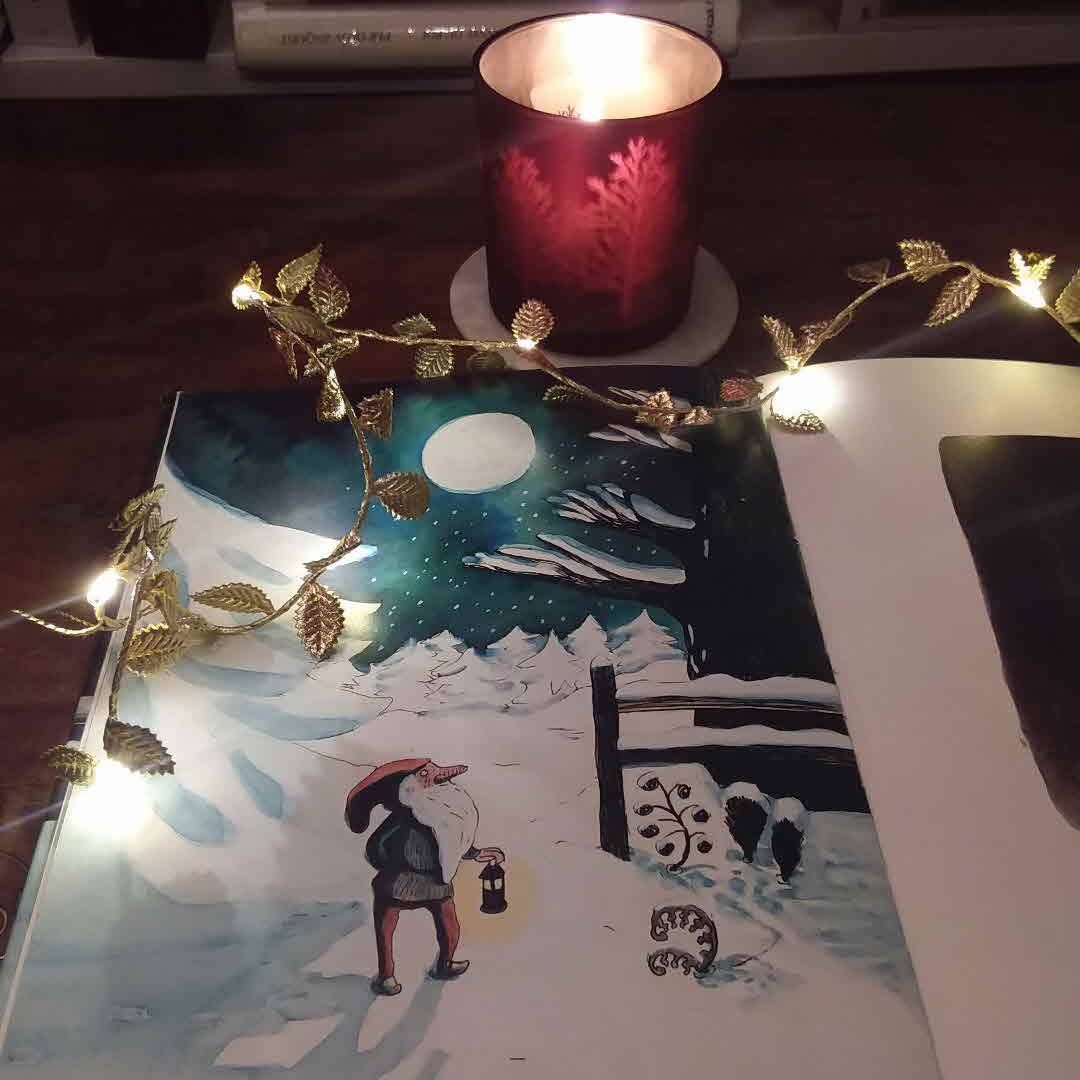
#midwintersolace #naturalitsy
At night, in deepest winter, the tomten visits all that live on the farm - humans and animals - carrying his little light. A lovely book for younger children.
@TheBookHippie @AllDebooks @Chrissyreadit
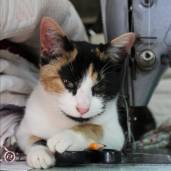

#midwintersolace #naturalitsy
At night, in deepest winter, the tomten visits all that live on the farm - humans and animals - carrying his little light. A lovely book for younger children.
@TheBookHippie @AllDebooks @Chrissyreadit
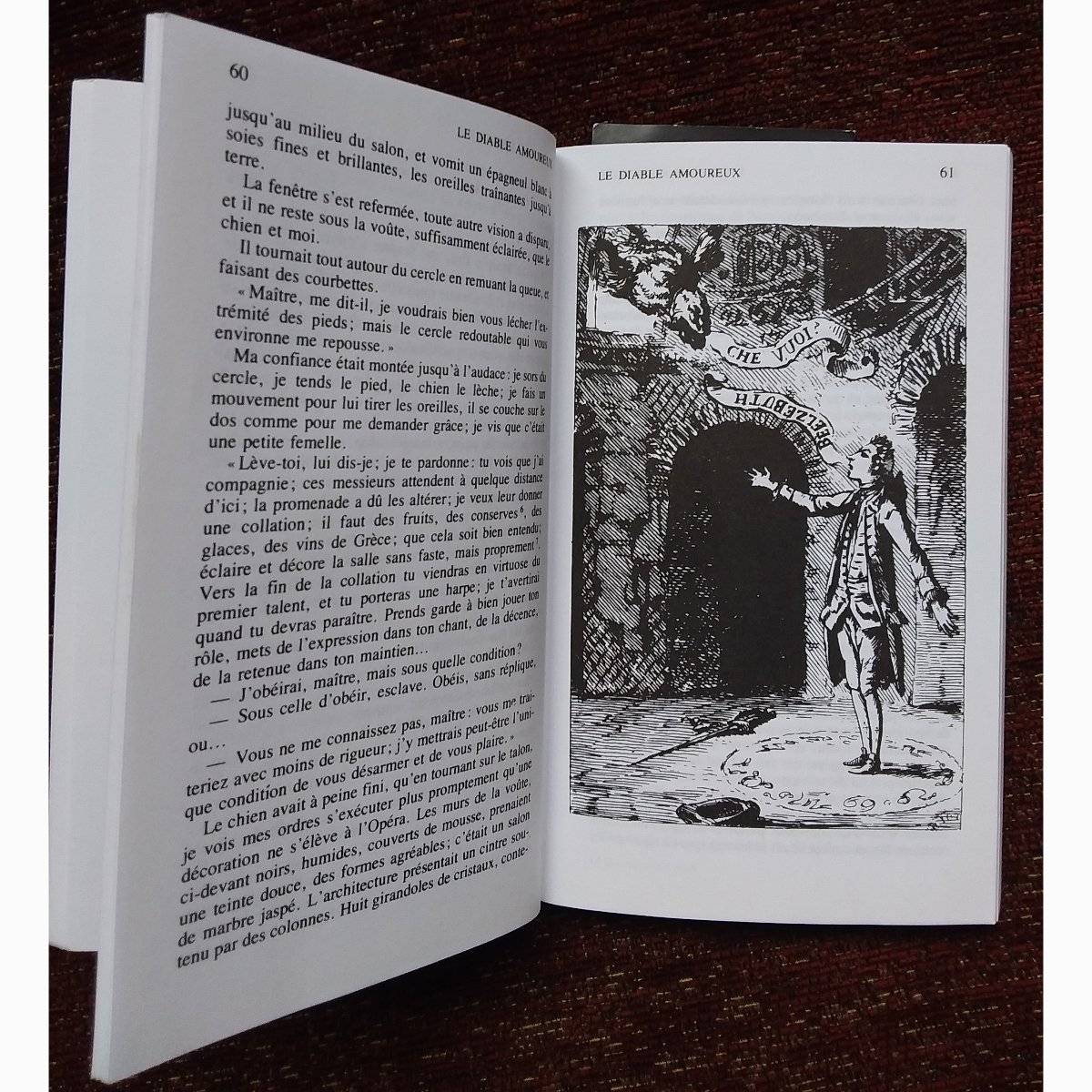
An 18-c novella about an overconfident young Spaniard touring #Italy. He summons the Devil who appears with a camel's head, then turns into an attractive young woman. The expected happens: they fall in love. Will he come to his senses, or will he be saved by his strong sense of honour, his courage, & his filial love for his mother (all the clichés about Spanish people)? Soft pick
#FoodandLit @Texreader @Butterfinger @Kelly_the_Bookish_Sidekick
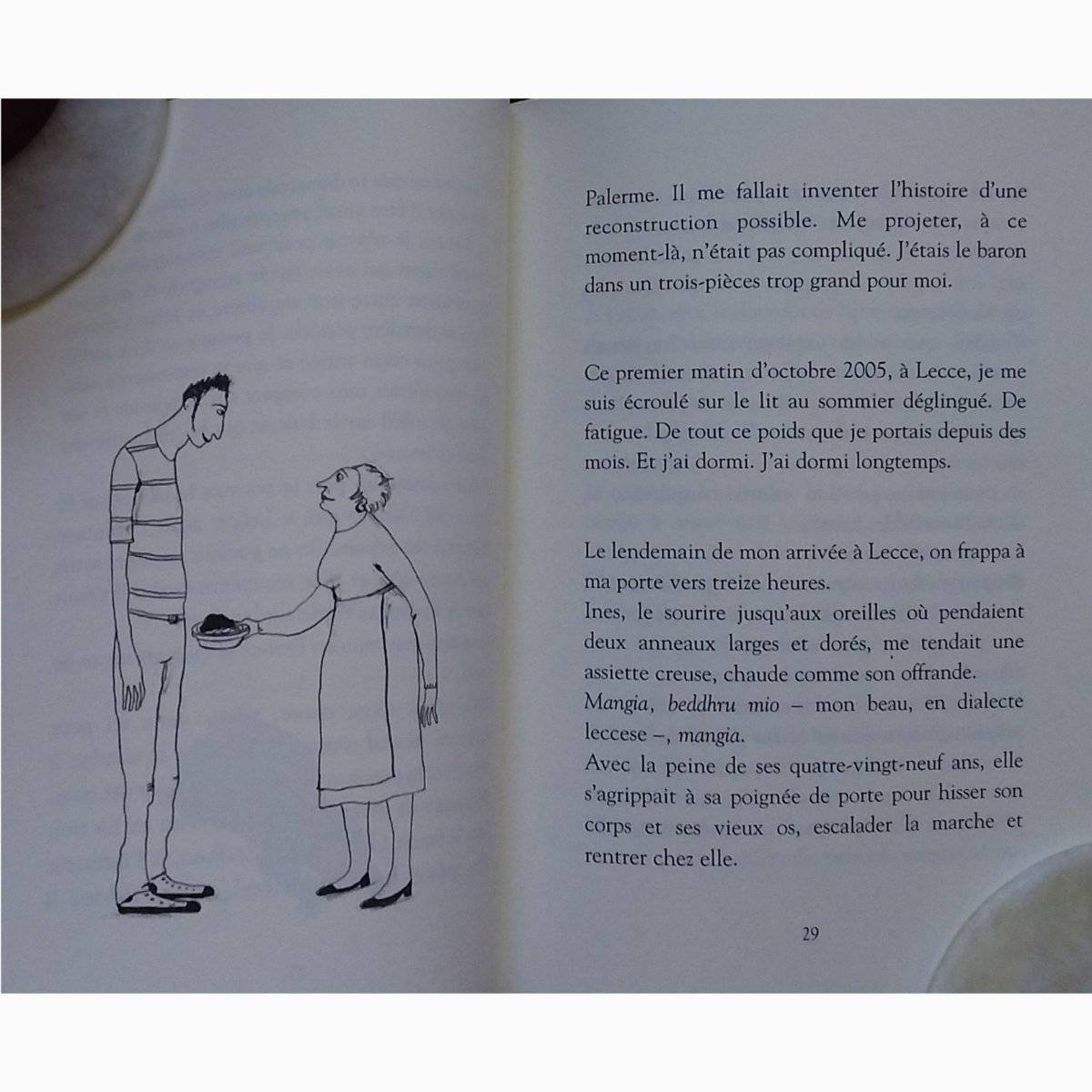
The author spends a year in Lecce, a small town in Puglia, the heel of Italy. His neighbour is a 90-year-old woman who lives on her own. They strike up a friendship; she teaches him the recipes that his own nonna took to her grave; he is there for her. This is a short, rather melancholic text, lifted by a bit of humour and some nice line drawings.
#Italy #FoodandLit @Texreader @Butterfinger @Kelly_the_Bookish_Sidekick
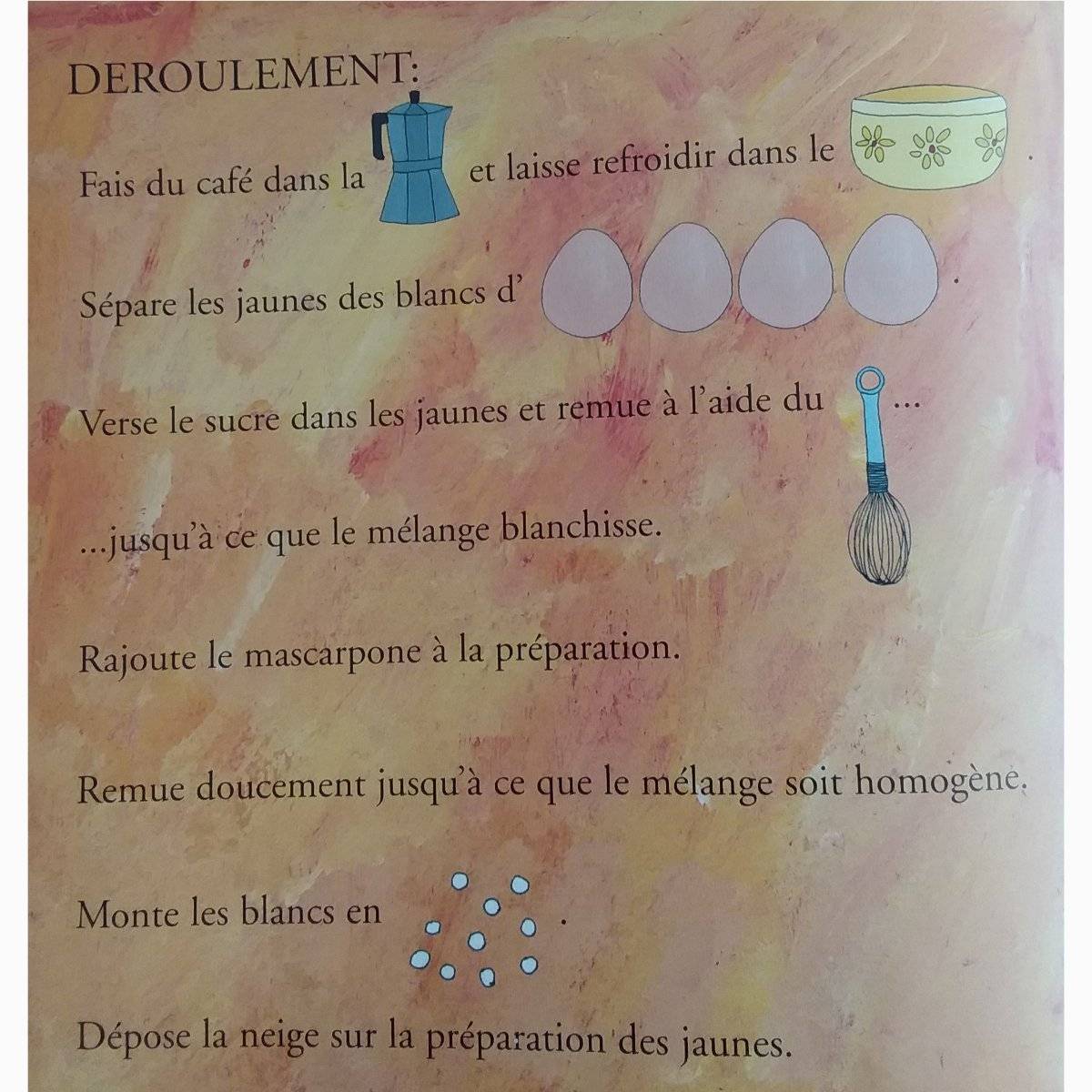
There is a recipe for tiramisù at the end, with pictures instead of some words, so perfect for involving pre-schoolers, although most parents might think twice before letting them eat a coffee-based dessert... At least, there is no rhum in the ingredients list 😄
#Italy #FoodandLit @Texreader @Butterfinger @Kelly_the_Bookish_Sidekick
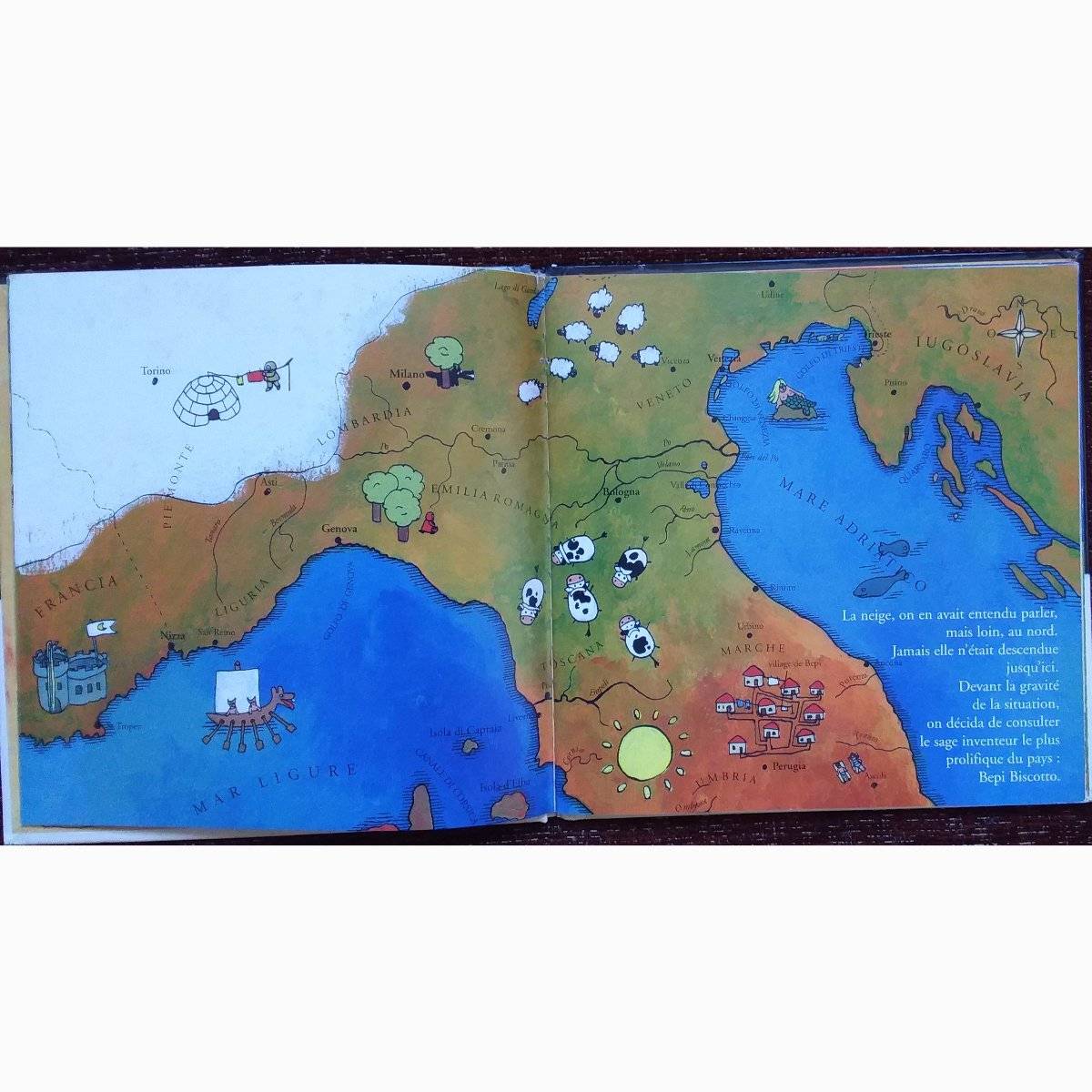
Literally, Tiramisù or how winter became pleasant: a children's book about the mad inventor who created tiramisù, as a way to fend off winter blues, a long time ago, when winter appeared for the first time in the world (the world being a small village in central #Italy).
You'll see on the map that the North Pole starts south of Turin 😂
#FoodandLit @Texreader @Butterfinger @Kelly_the_Bookish_Sidekick
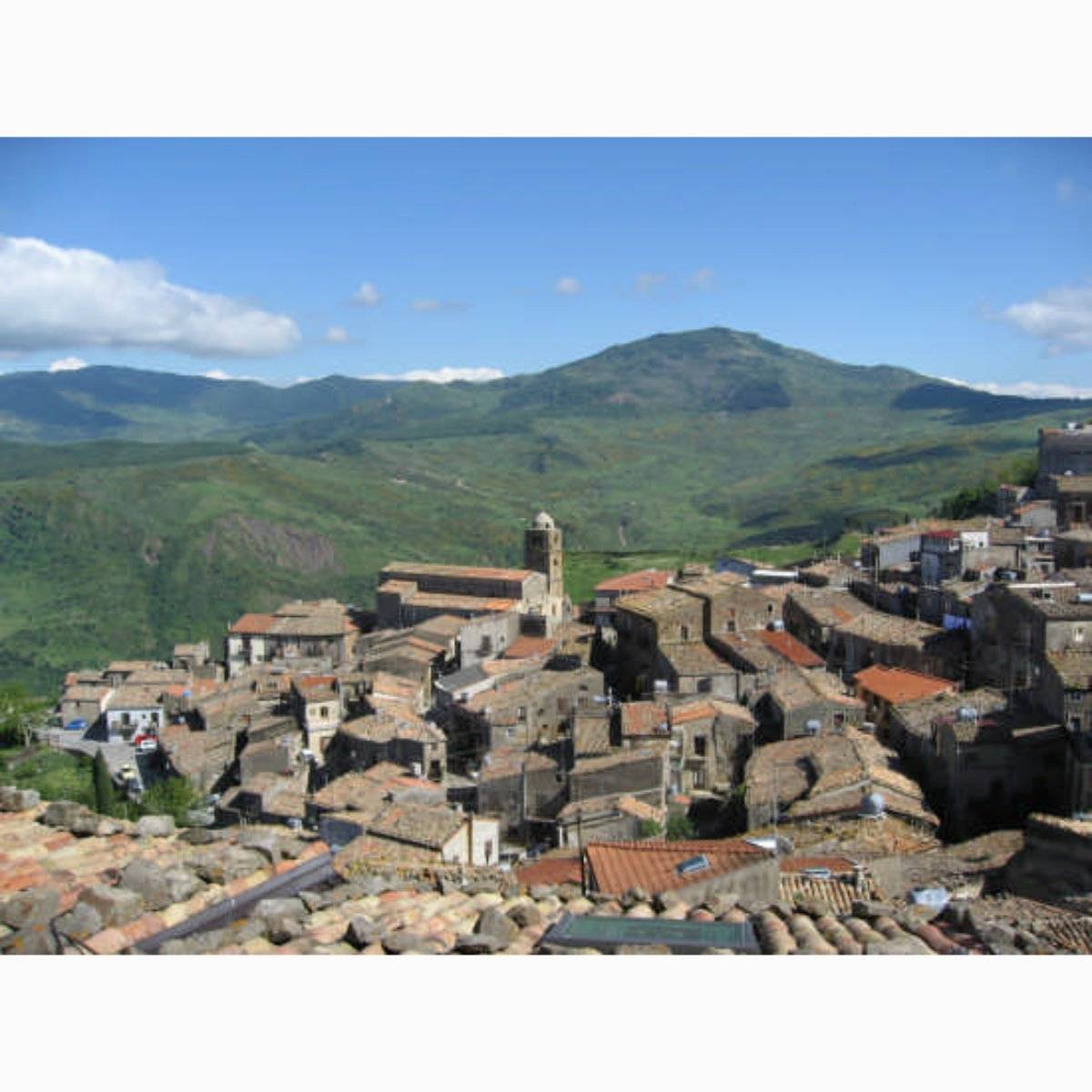
I found this short novel by 19th/20th-century Italian woman writer Maria Messina on the Italian shelves of a local independent library. It was recently republished in #Italy, which spurred feminist publisher Cambourakis to issue a French translation. It centers on Franca, a 20s flapper crushed by the insanely high local cultural expectations of demureness and proprieties.
#FoodandLit @Texreader @Butterfinger @Kelly_the_Bookish_Sidekick
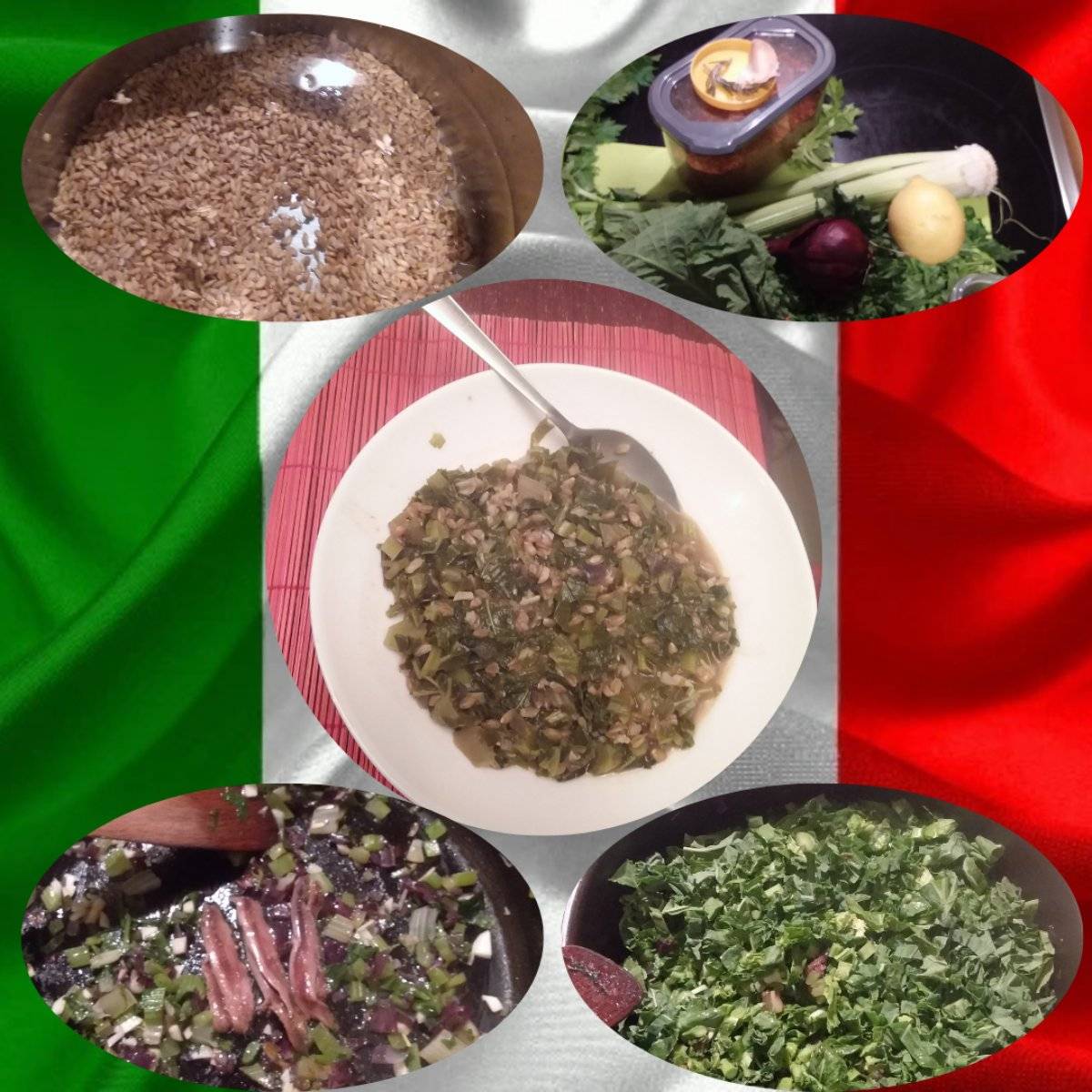
Famous Italian writer, humanitarian & mountain climber Erri De Luca reflects on his life and the food he eats, ate, or didn't/doesn't eat. Nutritionist Valerio Galasso chimes in with nutritional advice whose tone is at odds with De Luca's. There are a handful of (probably) family recipes at the end that are too vague to be of use. Still interesting.
#Italy #FoodandLit @Texreader @Butterfinger @Kelly_the_Bookish_Sidekick
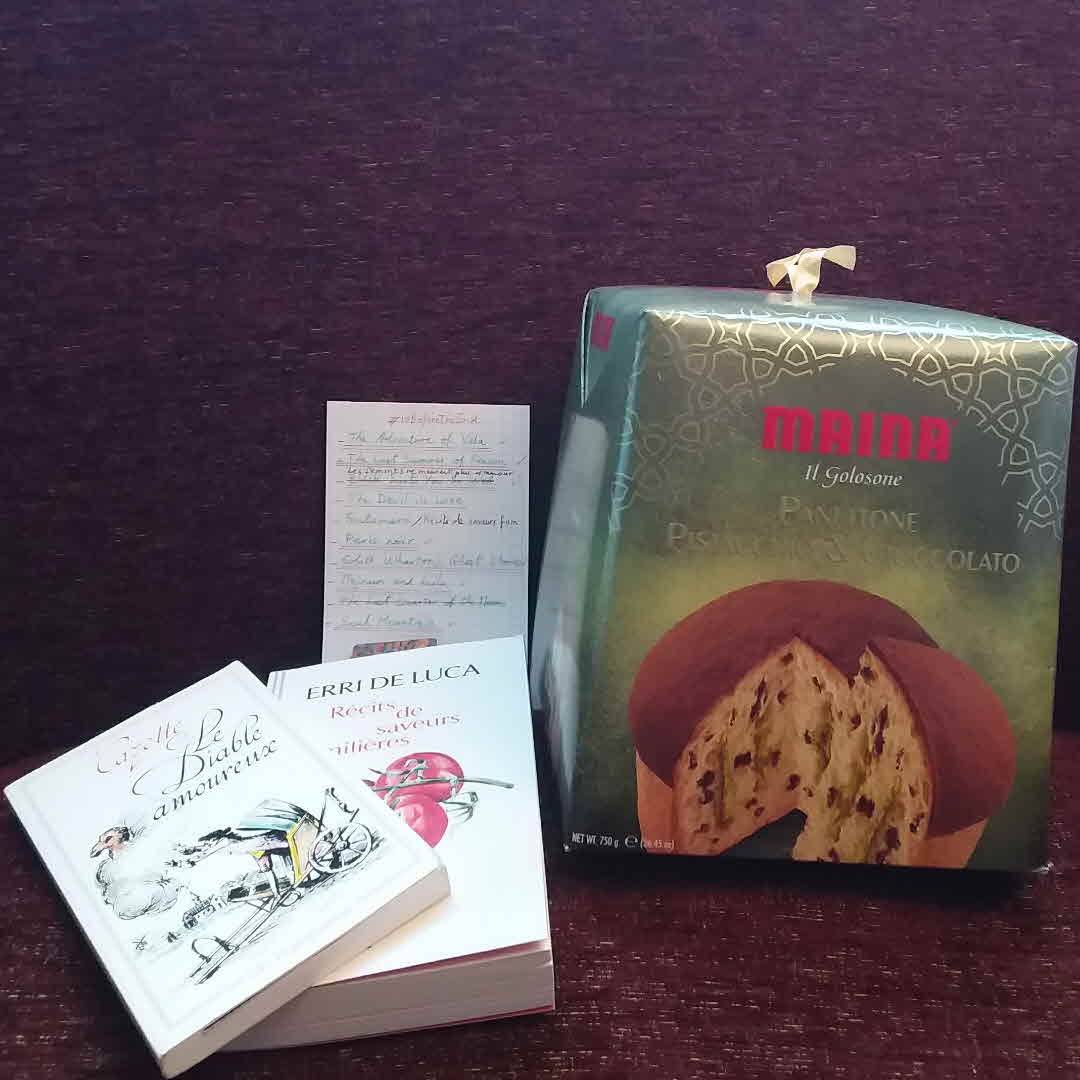
#10BeforeTheEnd: I had to substitute 2 titles in the list: Fontamara b/c I have to buy it & that won't happen before January, The Last Quarter of the Moon b/c I realised I'd already read it. I started The Devil in Love yesterday but hardly made any inroads yet b/c it is competing with the easier Récits de saveurs familières, Erri de Luca's food memoir in dialogue with a nutritionist 😁
@ChaoticMissAdventures #Italy #FoodandLit @Texreader
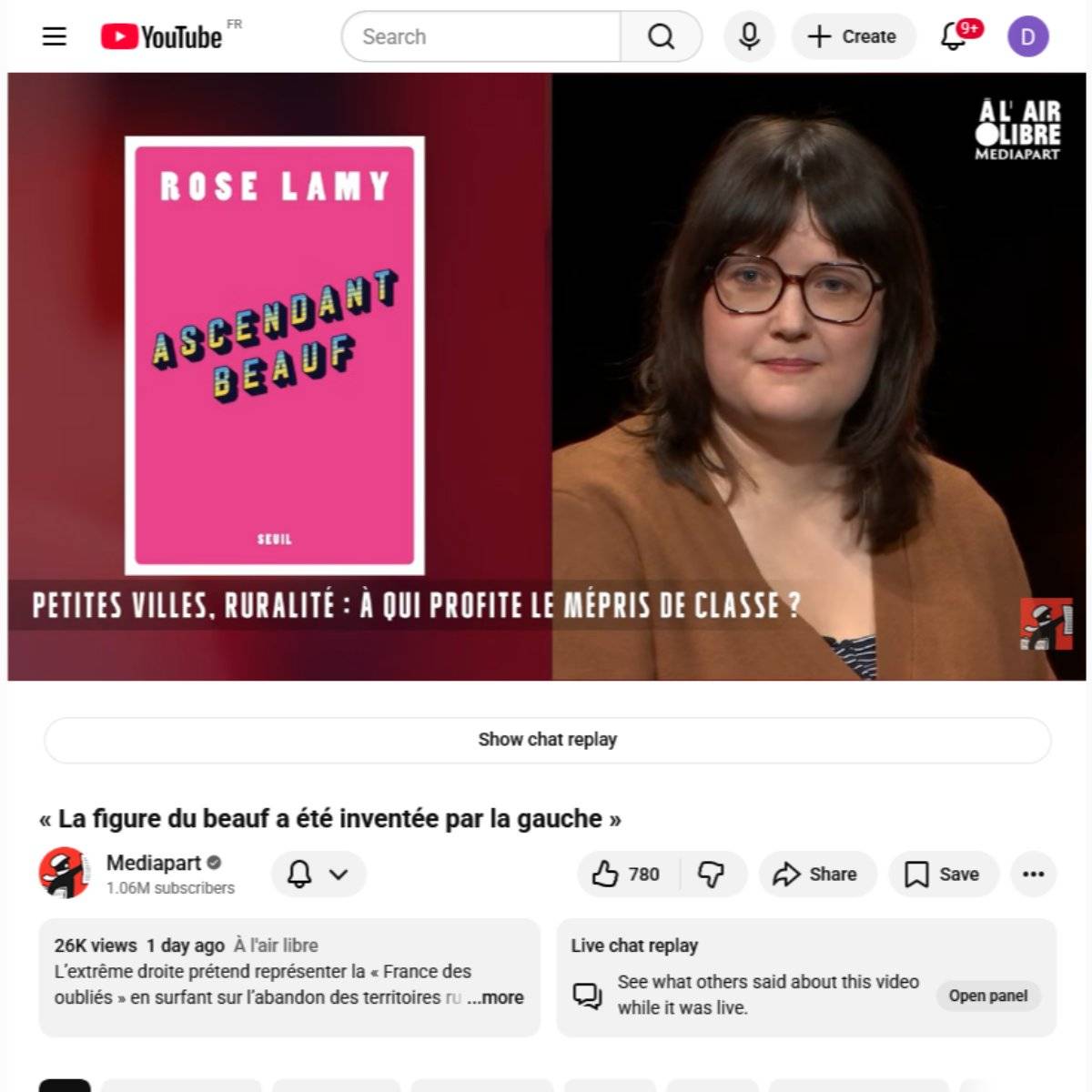
I watched a round table about small-town and rural working-class people, and thought now would be the time to read the tagged book, which had been on my radar for months. It's about the marginalisation of the working class, the ways they stand out “in polite company“ /s and the condescension shown by educated leftists towards them, analysed through the prism of the author's own life. Short, well written, insightful.

2 older, cognitively-impaired, women escape their minder's care & leave their sheltered housing to join the 2008 Athens protests. They get caught up in the riots and can't find their way home. The anarchist son of 1 of them gets imprisoned, the minder's son joins the neo-nazi Golden Dawn, the Egyptian cleaner & her son are attacked & chased from their home by racist thugs. Farce and tragedy. Thought-provoking.
#Greece

Today, UNESCO awarded an intangible cultural heritage status to Italian cuisine: https://edition.cnn.com/2025/12/10/travel/italian-cuisine-unesco-status
On the one hand, good for Italy, and no doubt well deserved; on the other, Meloni and Italian nationalists who have been shamelessly instrumentalising the issue are happy 😖
How serendipitous for #Italy #FoodandLit
@Texreader
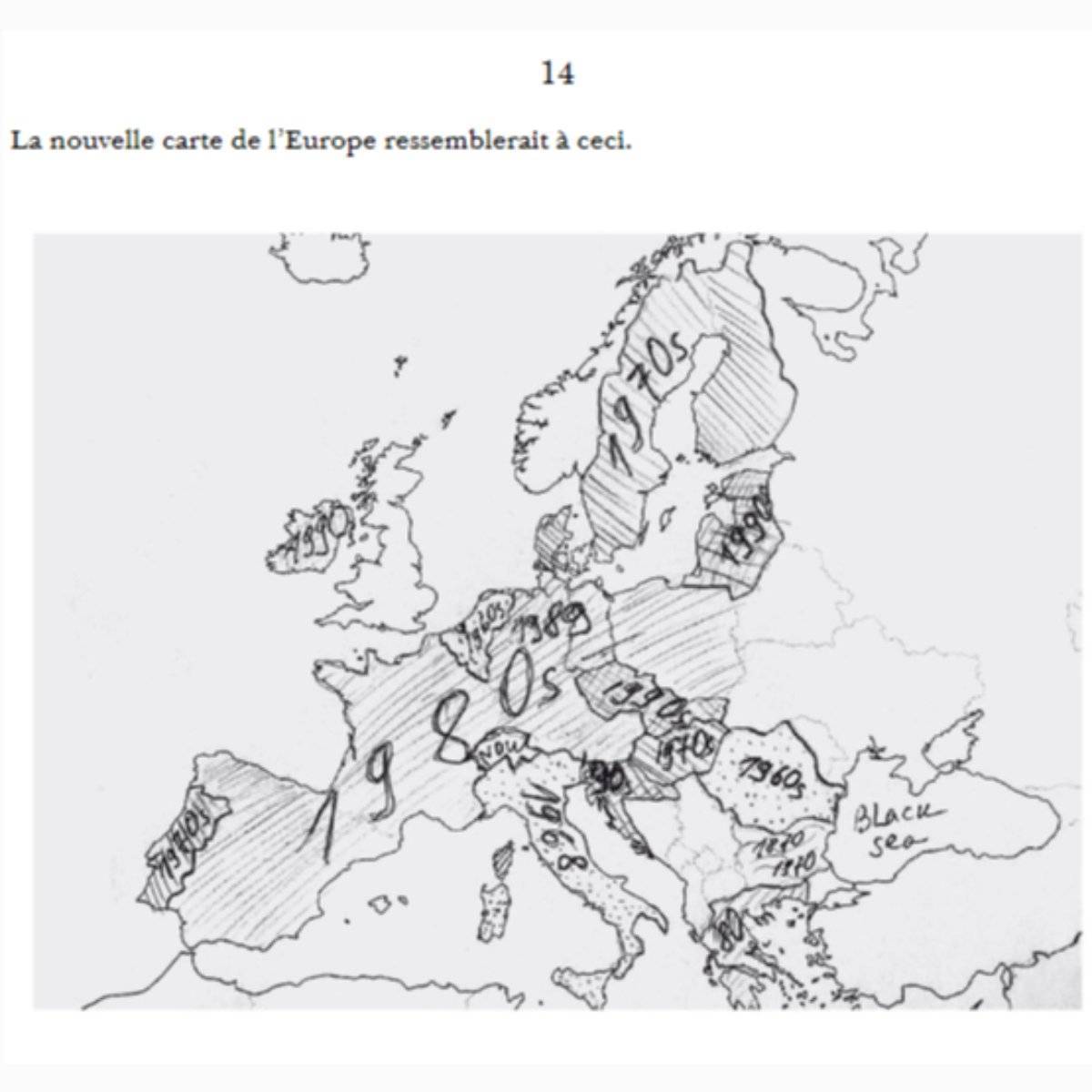
In the tagged book, people are voting for the era they want their countries to return to. No good can come of this 😂. I wouldn't want to choose, but maybe other people have other ideas and want to play? If you do, I'd be curious to know which era for which country you'd like to live in 😁
#Bulgaria
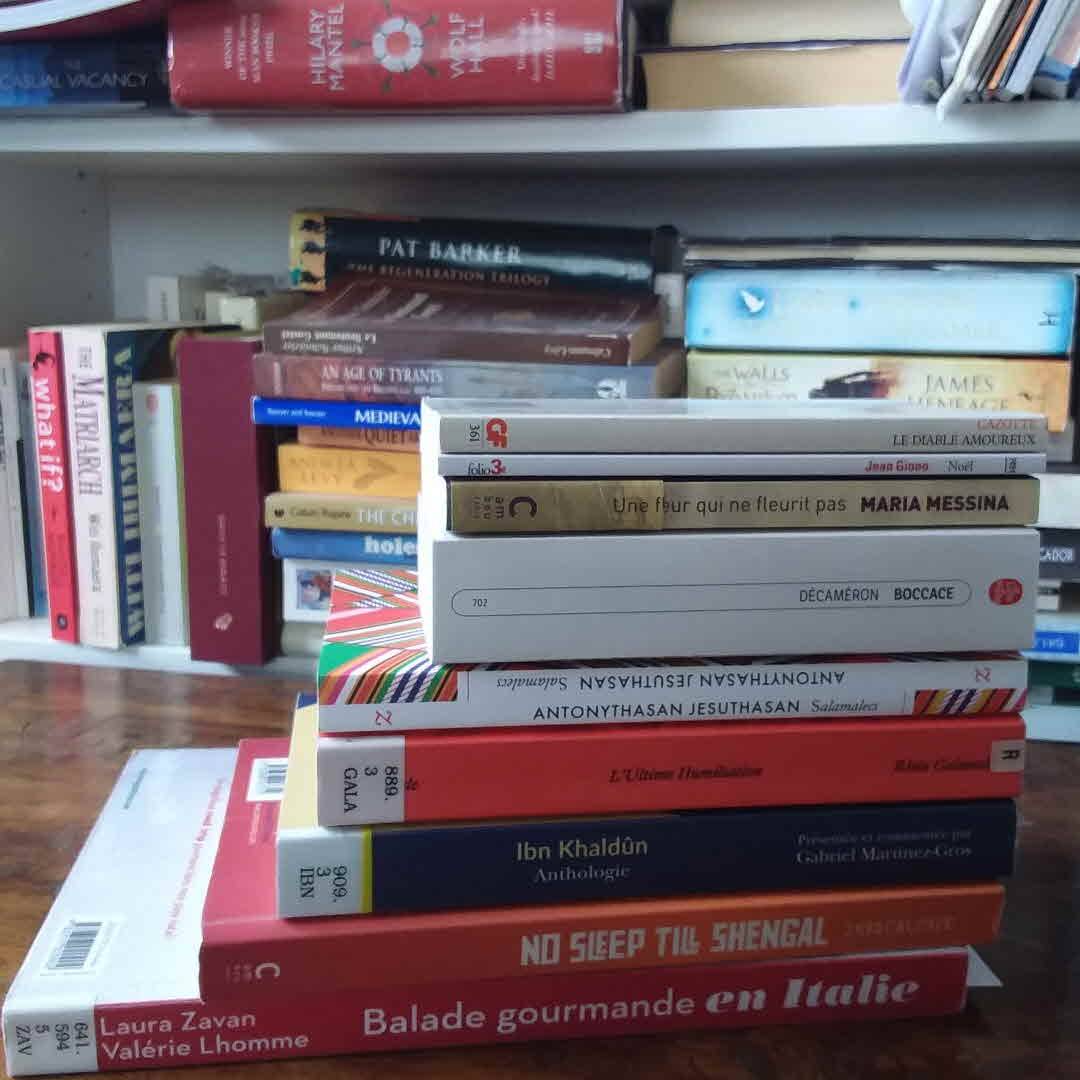
On Saturday, I went round the bookshops looking for Fontamara, which I had planned on reading and was on my #10BeforeTheEnd list. Didn't find it, but bought other books anyway 😊. And all my library holds came at once, so here's my pile of books:
- Tagged Italian cookbook: read, liked it;
- Graphic work by Zerocalcare: read liked it;
- Ibn Khaldun anthology: 60 pages still to read;
- Boccace's Decameron: will probably be a year-long read;
and ⬇

I was looking for something from Zerocalcare set in #Italy for #FoodandLit and stumbled on the tagged book, about the democratic Yezidi self-governing enclave of Sinjar/Shengal in #Iraq, and couldn't pass it up. It's one of those places we hardly ever hear about. All you expect from Zerocalcare: self-reflective, left-wing, informative and depressing, with a glint of tempered hope.
@Texreader
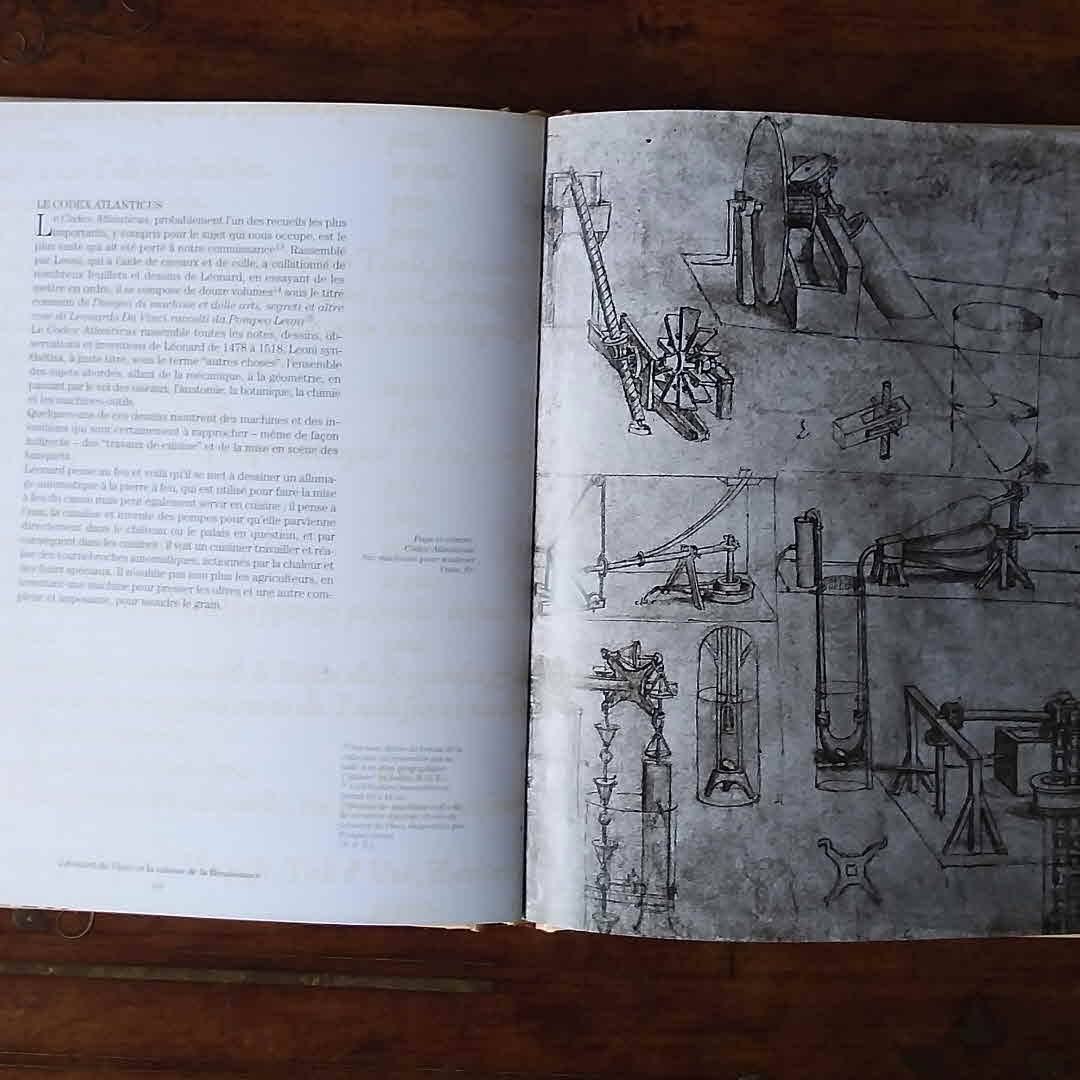
This book is close to pointless, & its translation is puzzling in places. There are generic remarks about Italian medieval & Renaissance cookbooks & aristocratic food culture, a few pages about Da Vinci, whose links with food & banquets are actually tenuous, & some recipes in the original Italian, with unclear French translations.
#Italy #FoodandLit
@Texreader
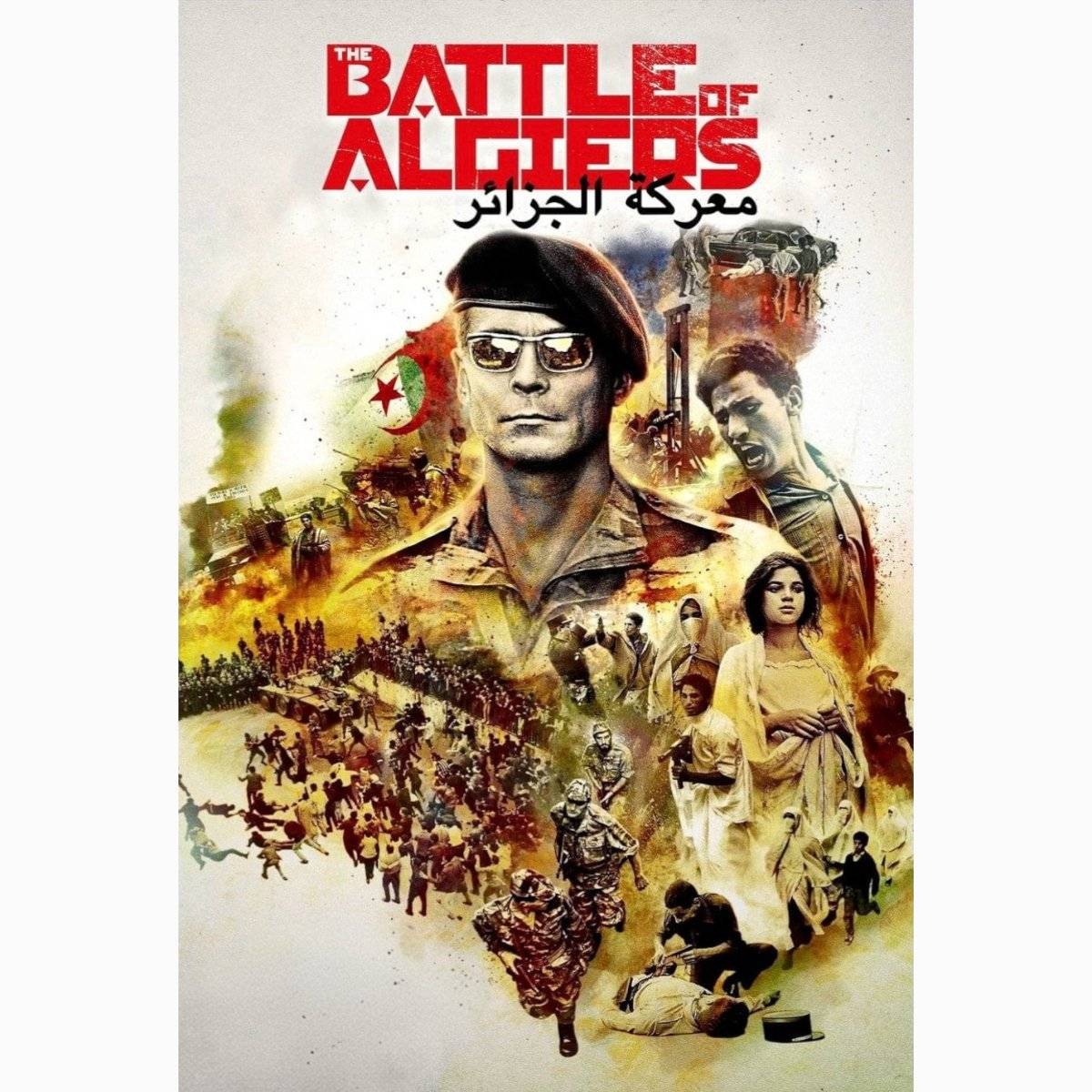
I've juste finished The Battle of Algiers, Gillo Pontecorvo's Oscar-nominated 1966 film based on Yacef Saâdi's book Souvenirs de la bataille d'Alger.
It's a bit late for #Algeria, but I'd run out of library streaming credits for November... It isn't a feelgood movie: I fast-forwarded some of the torture and battle scenes. Glad I saw it at last though.
#FoodandLit
@Texreader
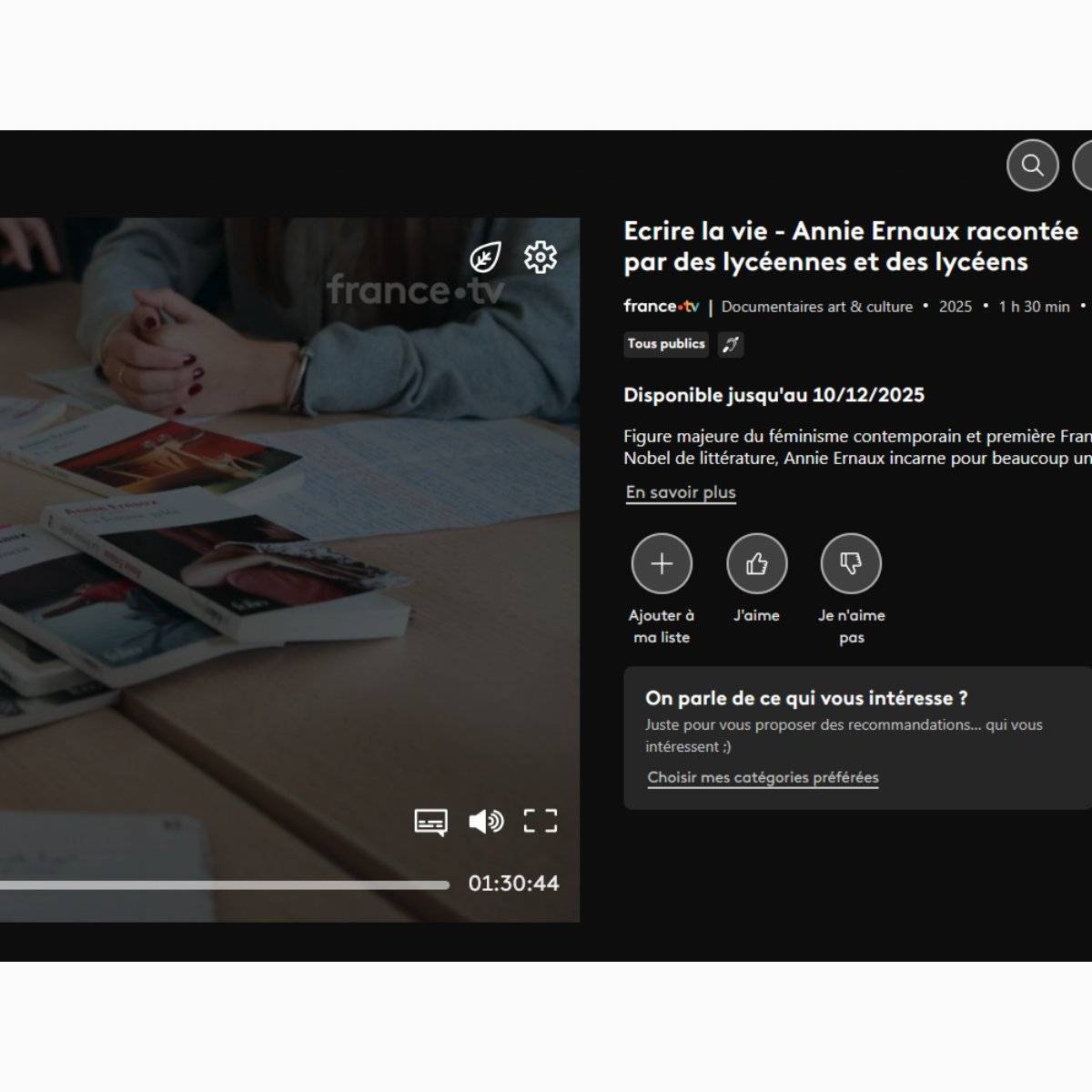
About to start watching Ecrire la vie, a documentary about highschoolers' reception of Annie Ernaux's work by scriptwriter and director Claire Simon, before it disappears from the TV replay platform. It's supposed to be good 😁
#NobelPrize

Poet Giosuè Carducci was the first Italian Nobel laureate in literature. Not that #Italy had to wait a long time for it: it was awarded in its 6th year, in 1906. His work is in the public domain, so I thought I'd try his masterpiece, Barbarian Odes, in their French translation corrected by the author. The poems are quite classical in form & subject, & reject Romanticism. Some were moving, some I found a tad ridiculous.
#FoodandLit
@Texreader
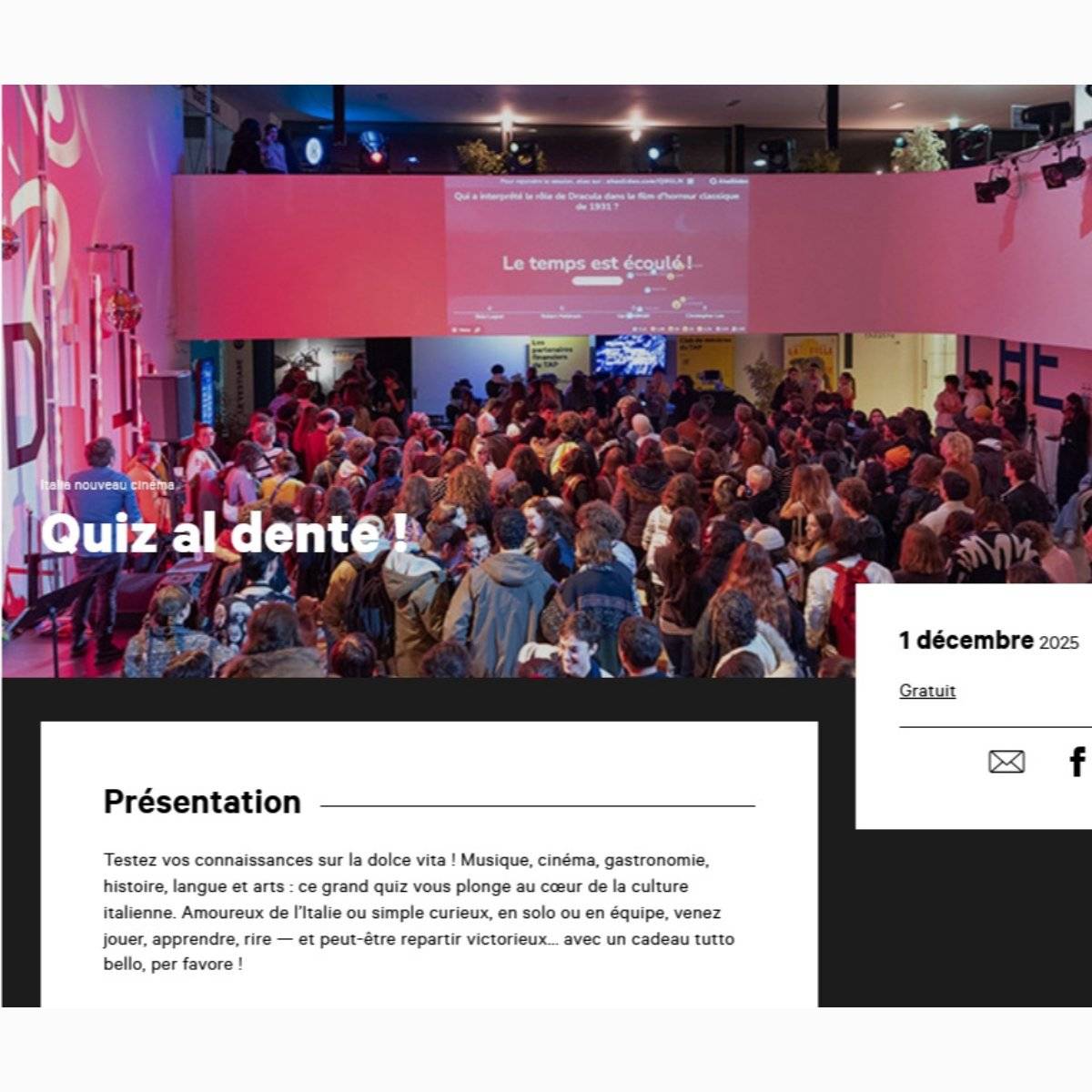
Yesterday, I went with my less-than enthusiastic SO to a pub-type quiz about #Italy. We realised there that it was all done on mobile phones, & ours were too old for it. We teamed up with someone we knew with the right gear & came 3rd🎉😁 We could have been 1st or 2nd if not for some technical issues... We received a gift voucher for a local Italian deli, and we got to eat some delicious vegetarian appetizers.
#FoodandLit
@Catsandbooks @Texreader
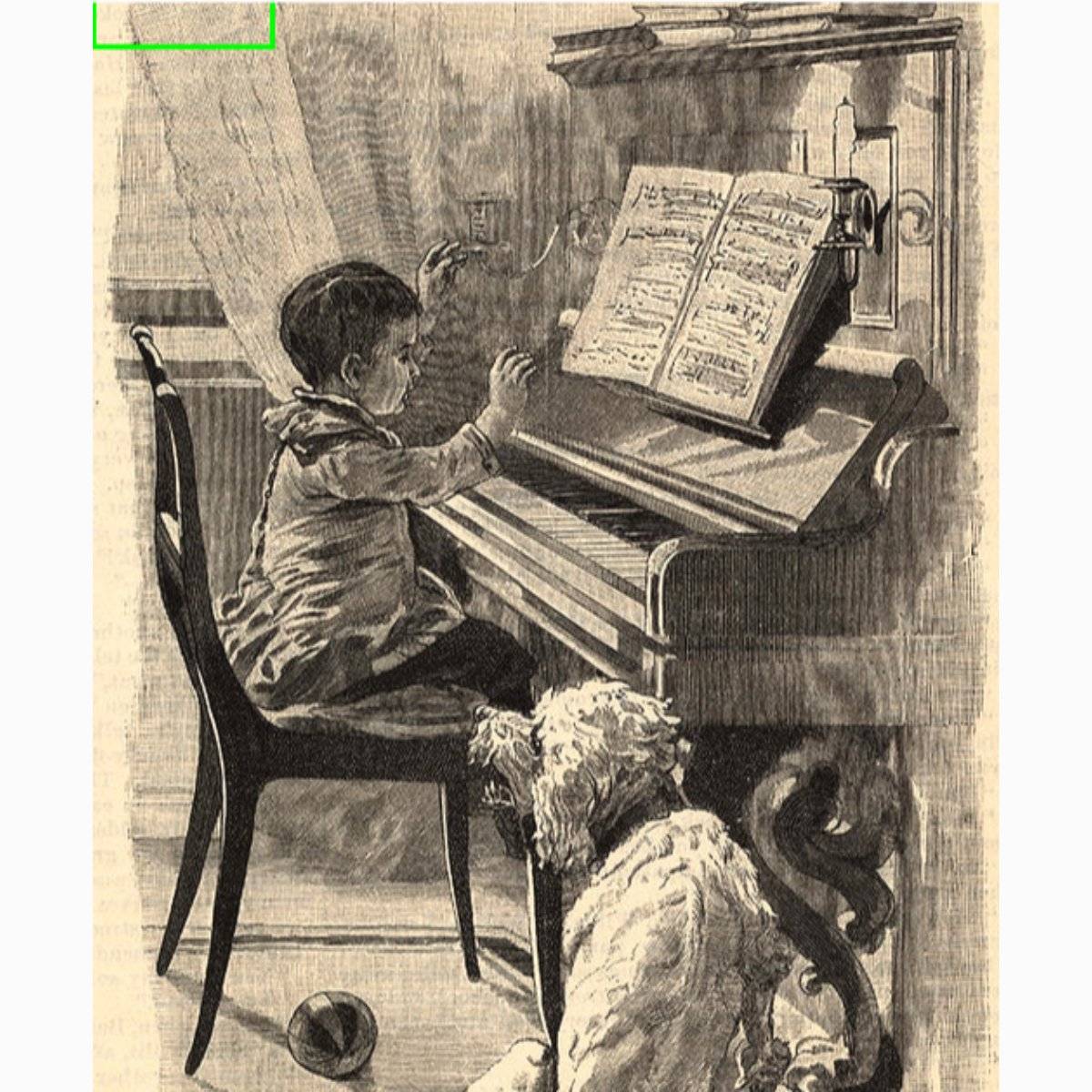
I finished the 1st volume containing the 1st 3 novels, all about Christophe's early years: his birth in a musician's family impoverished by the father's alcoholism, his work/exploitation as a child musical prodigy, his loneliness, his sexual awakening. I liked Dawn best: there was more empathy for everyone, and Jean-Michel the grandfather is a great character. Youth was infuriating because the MC was an insufferable young man.
#NobelPrize
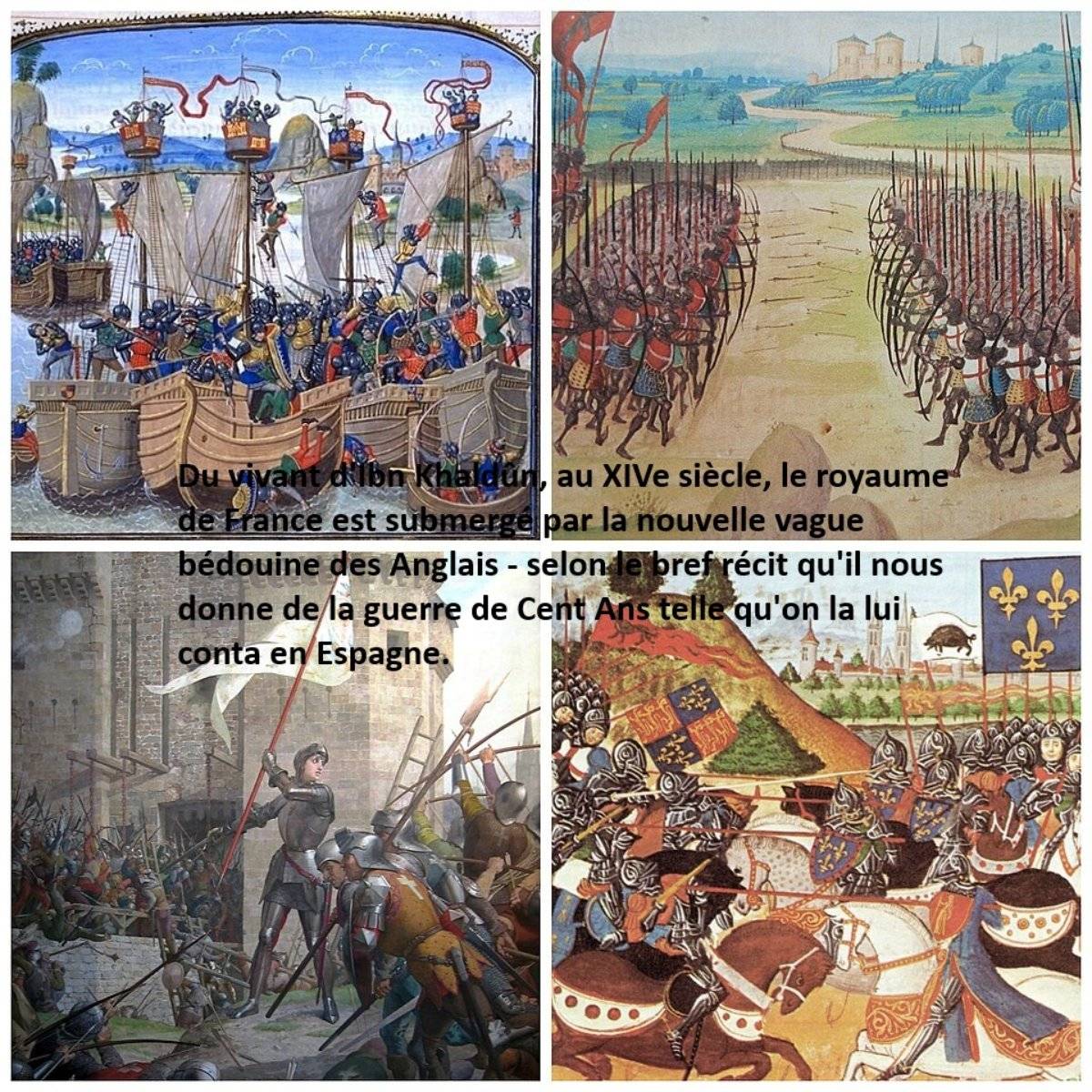
“In Ibn Khaldun's lifetime, in the 14th century, the Kingdom of France is submerged by the English's new Bedouin wave, according to his short account of the Hundred Years' War as it was told to him in Spain.“
The English as Bedouins 😂 It makes sense given his view of the world, his philosophy, & the info he had, but the mental image is funny to me. I almost want to feed it to an AI image generator
#Algeria #FoodandLit
@Catsandbooks @Texreader
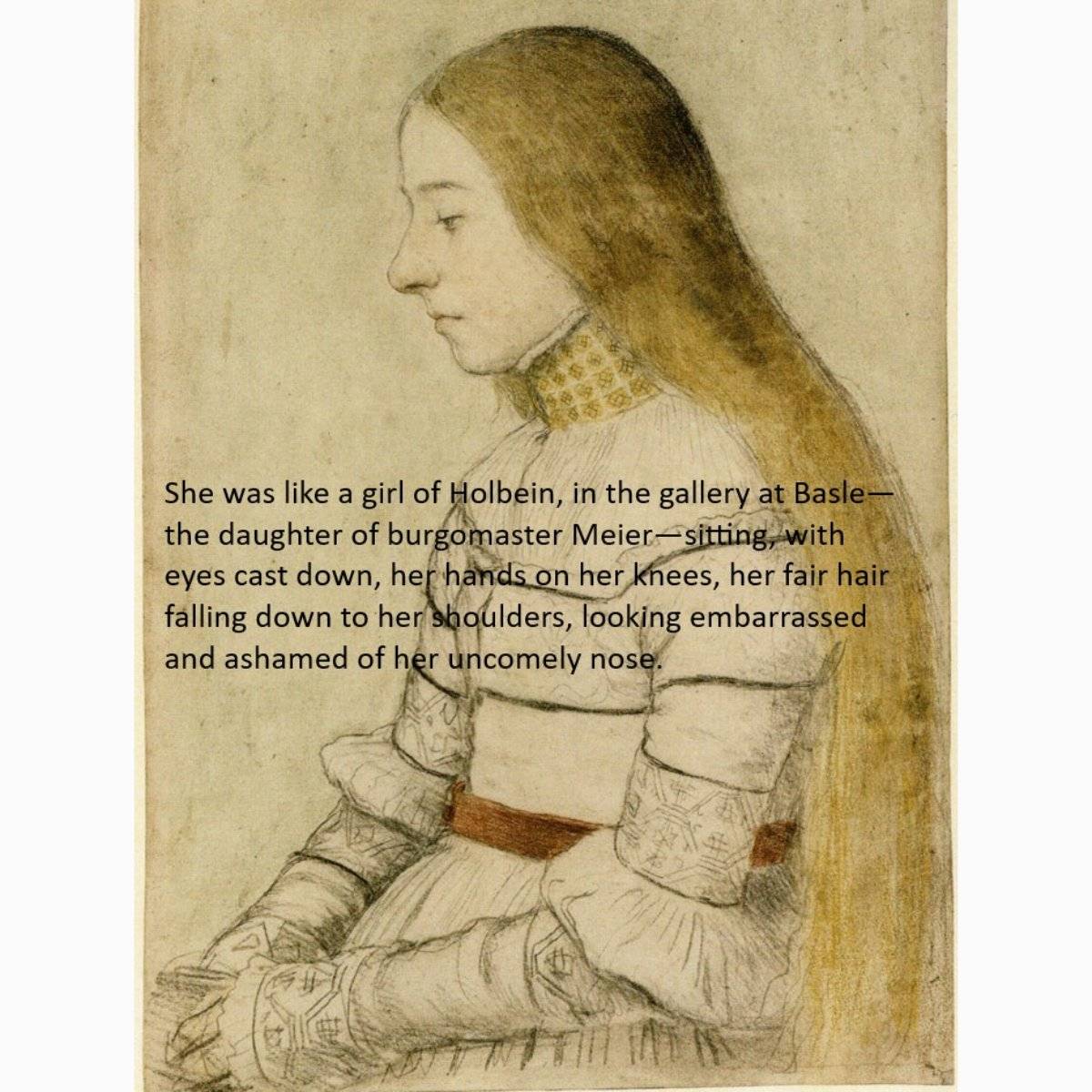
“She was like a girl of Holbein, in the gallery at Basle—the daughter of burgomaster Meier—sitting, with eyes cast down, her hands on her knees, her fair hair falling down to her shoulders, looking embarrassed and ashamed of her uncomely nose.“
Of course, I had to find the portrait mentioned by Romain Rolland in Youth. I have to say I find the girl quite pretty, and her nose not at all uncomely. 🙄
#NobelPrize
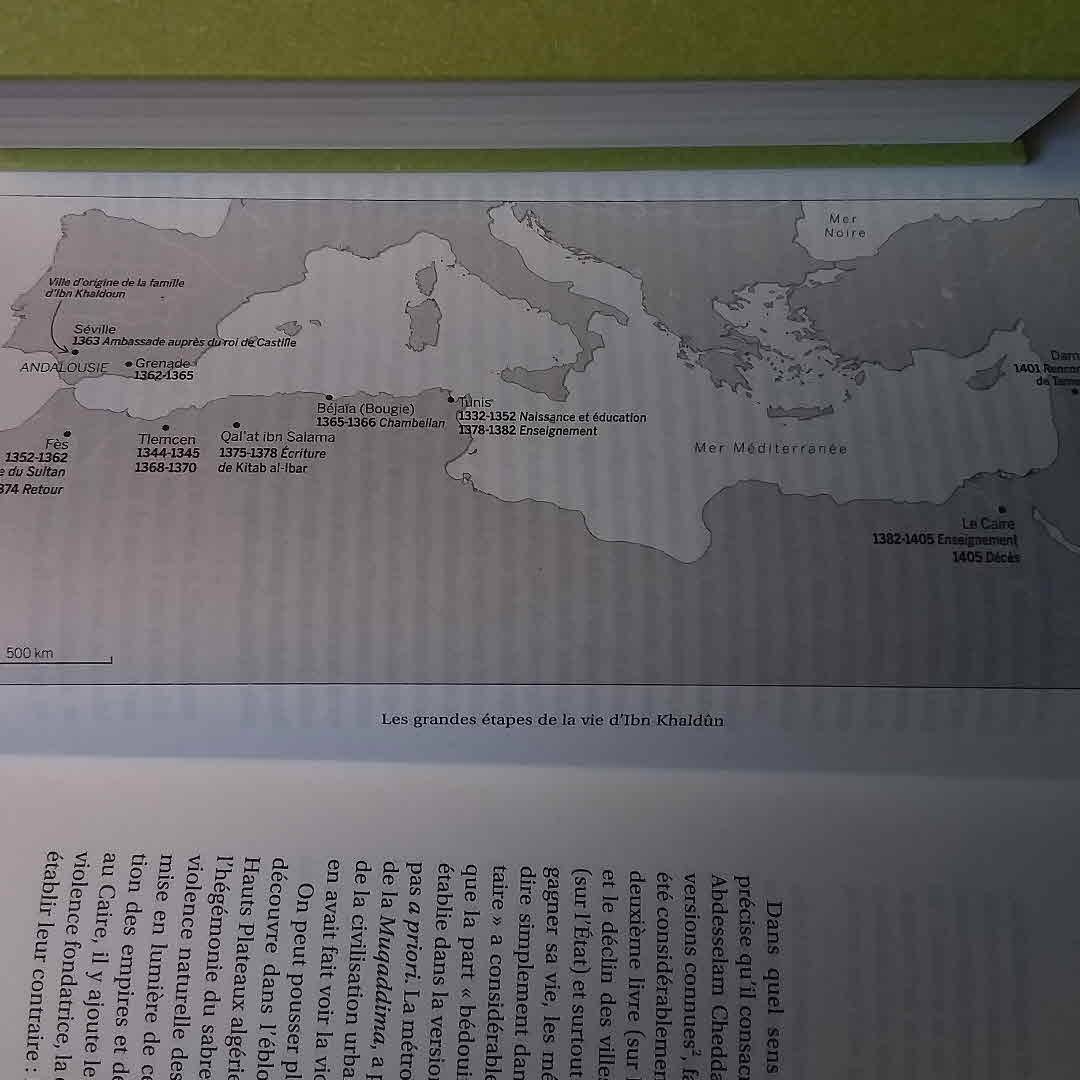
I've been wanting to read Ibn Khaldun for ages, & when I noticed the tagged book on my library's website, I thought #FoodAndLit would be a good opportunity. It's always difficult to pinpoint a country for authors born before modern nation states, esp. when they moved around a lot (just look on the map at all the places he lived in!) but as he wrote his most famous book while living with Bedouins in #Algeria, it sort of works.
@Texreader
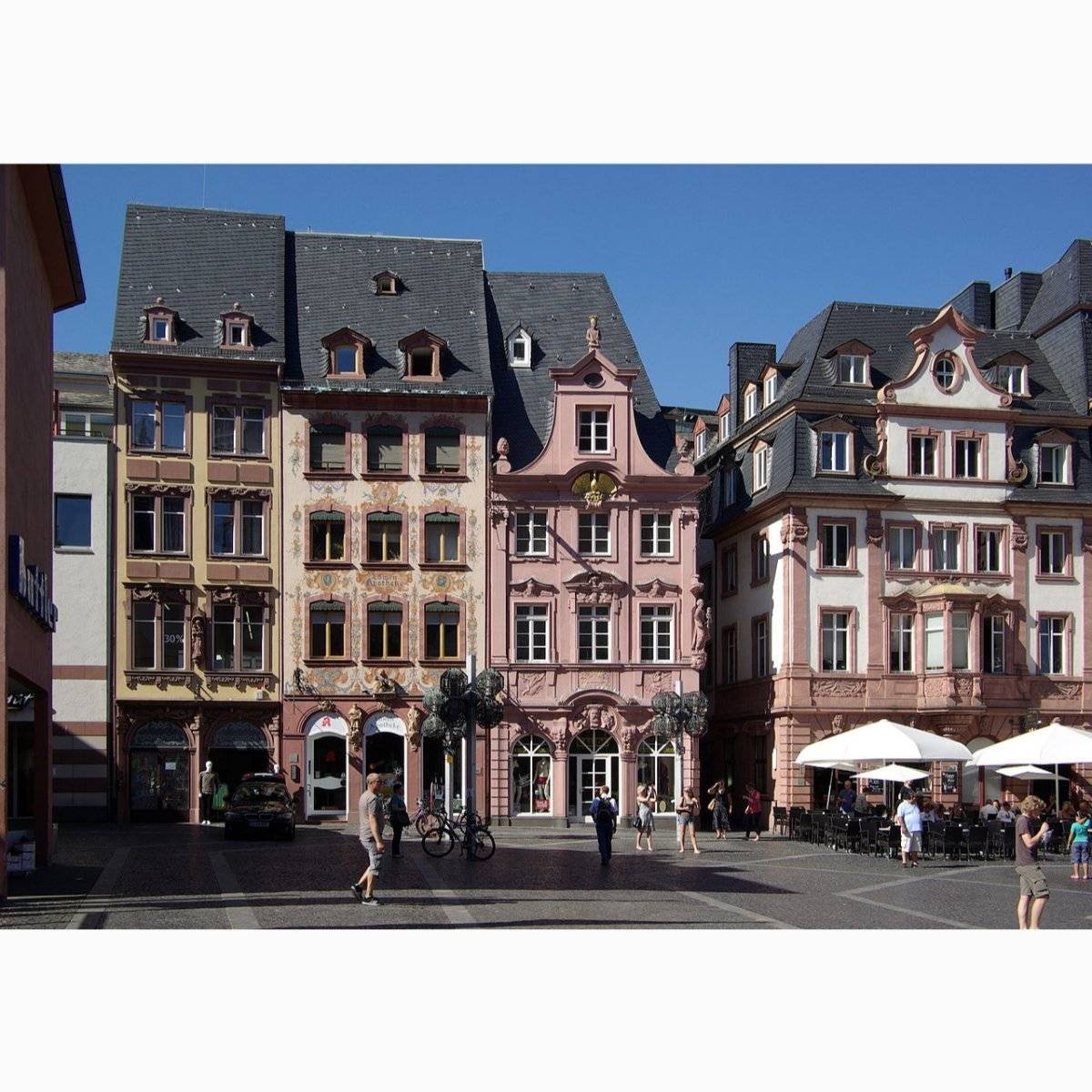
Romain Rolland comes up regularly in Stefan Zweig's memoir which I read earlier this year (they were friends). He is half forgotten these days, but the Jean-Christophe series was a best-seller at the time, and he was awarded the Nobel Prize in Literature in 1915. So, I thought I'd try it... It's easy enough: all the books are in the public domain.
#NobelPrize
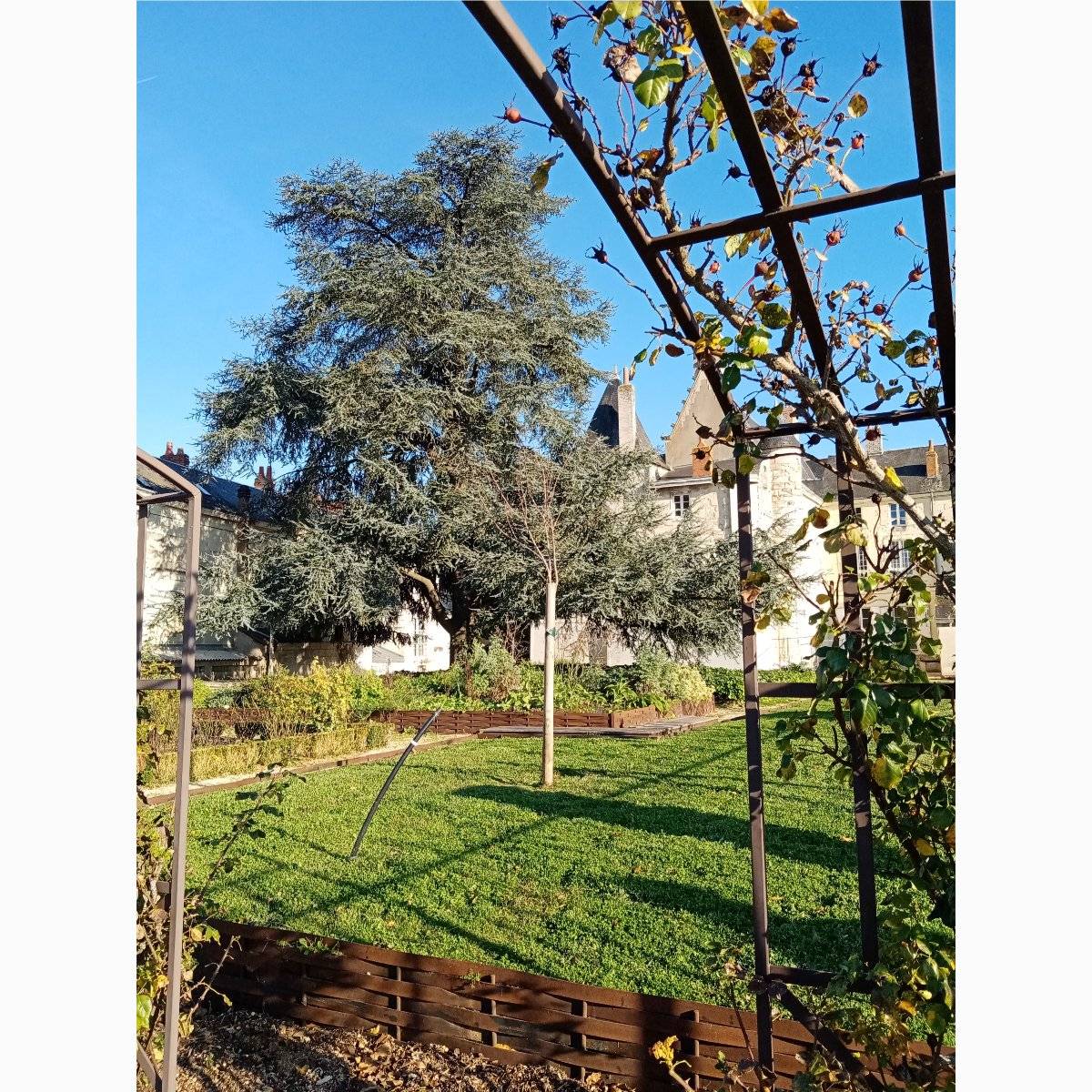
This book actually belonged to my late mother. It was languishing on my shelves & I thought #Algeria #FoodandLit was the perfect opportunity to read it at last.
It is the story of a village of poor tribesmen pushed into a semi-barren part of Algeria, in the years spanning from colonisation to independence, told in the 2nd person plural. Interesting, but the humour & the style weren't quite to my taste.
@Texreader
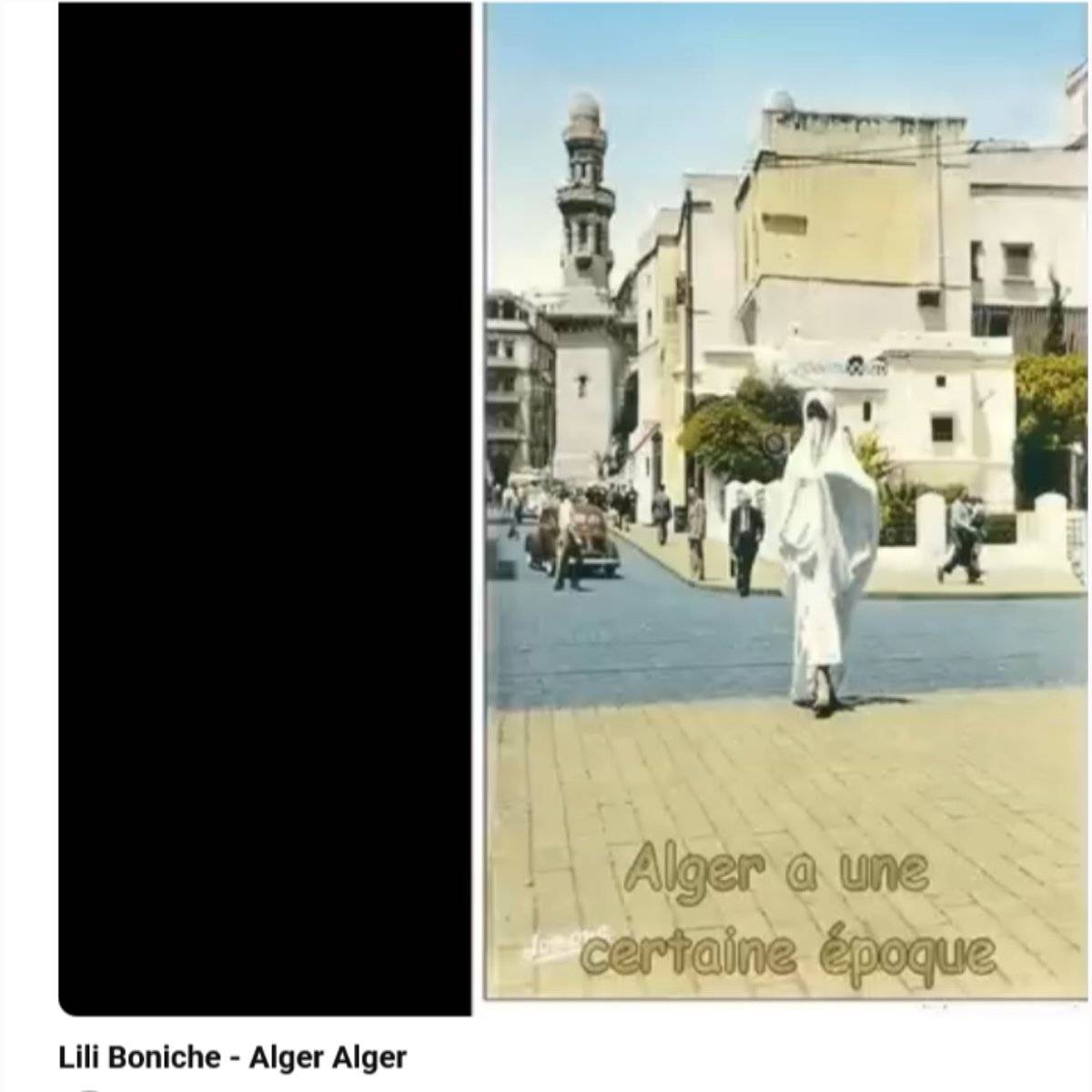
When searching for Pontecorvo's classic film The Battle of Algiers on my library's website, the famous song Alger Alger by the renowned Sephardic Algerian songwriter Lili Boniche came up, and I had to share it with you. This video shows old postcards of Algiers with the song as a musical background: https://www.youtube.com/watch?v=w4Aw_Xl0UB4 (as often with oriental music, the song picks up after the 2-min mark)
#Algeria #FoodandLit
@Texreader
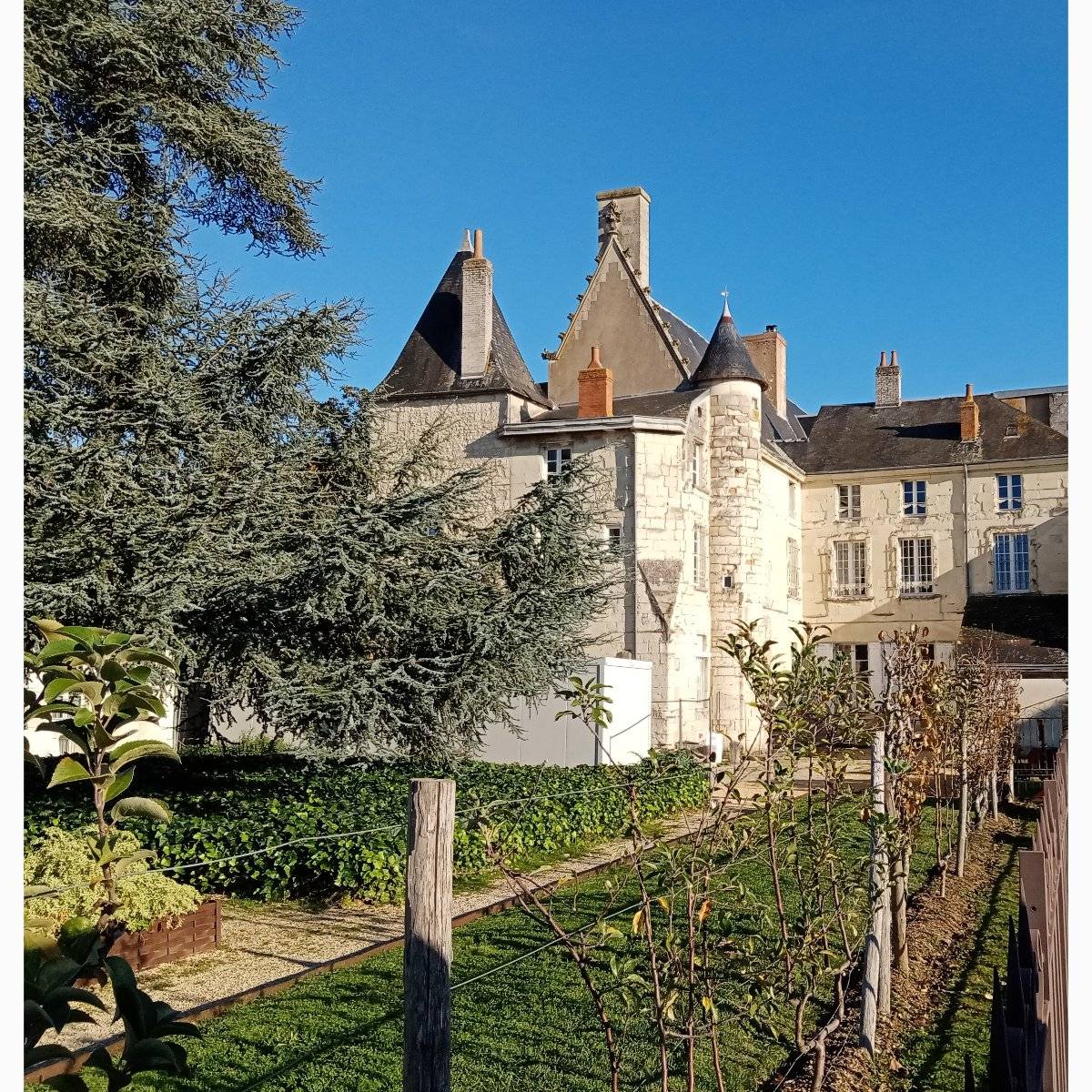
The title means “Women don't die of love anymore“. This is the story of the toxic love affair between a rich Lebanese businessman, & Hâla, a singer who's half Algerian, half Syrian. She had to flee #Algeria after her father & brother were killed during the civil war. She lives in Damas & Beyrouth. I was worried at 1st that manipulative behaviour would be portrayed as romantic, but thankfully the author had other ideas.
#FoodandLit
@Texreader
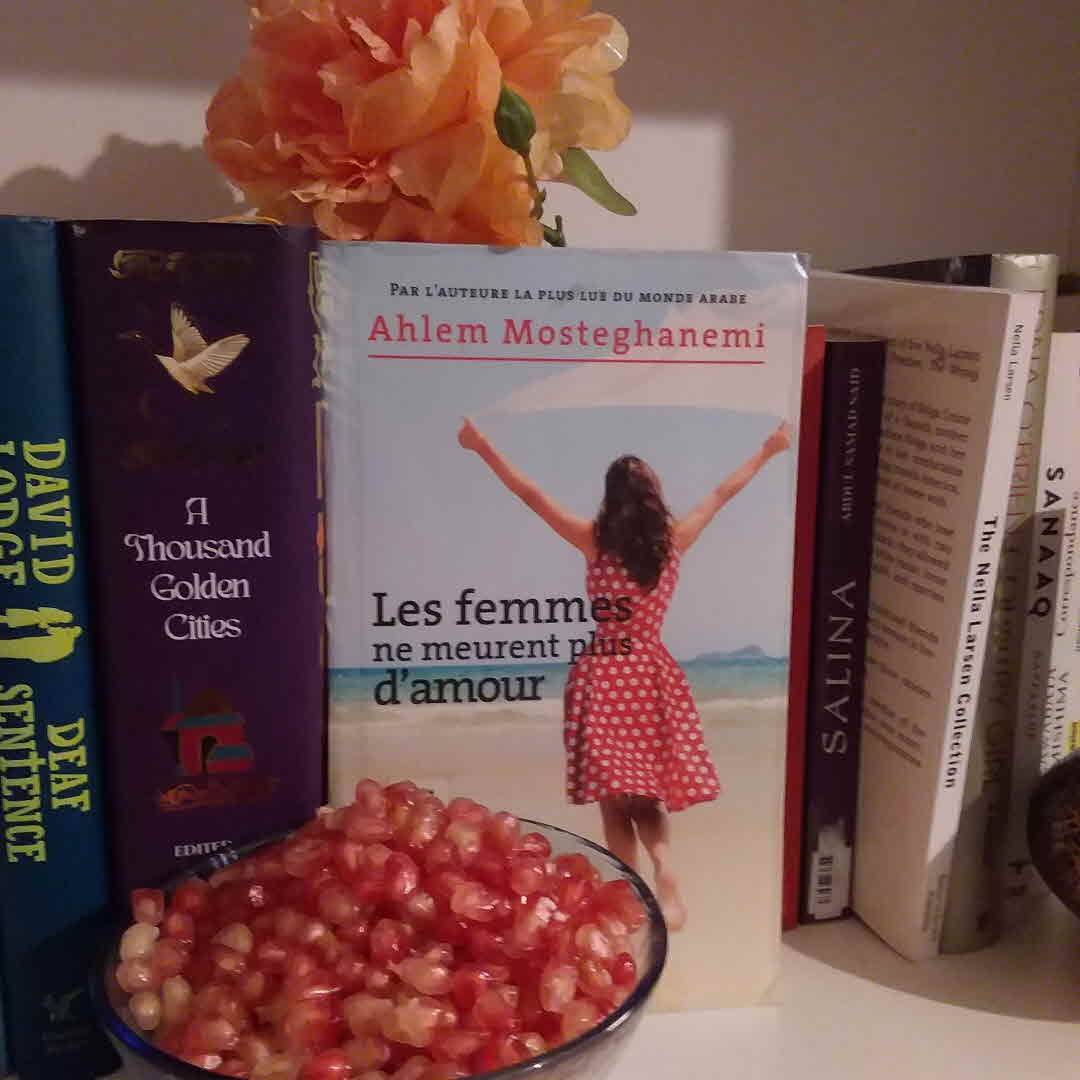
Ahlam Mosteghanemi is the best-selling female author writing in Arabic. She was identified by Forbes as 1 of the 10 most influential women in the Arab world... and she's Algerian! My library network has several of her books: I picked 1 that mentioned the 90s civil war b/c I was interested in her take. We'll see how I get on: the romance tropes are relentless 😒
#Algeria #FoodandLit
@Catsandbooks @Texreader
Snacking on Algerian pomegranate seeds
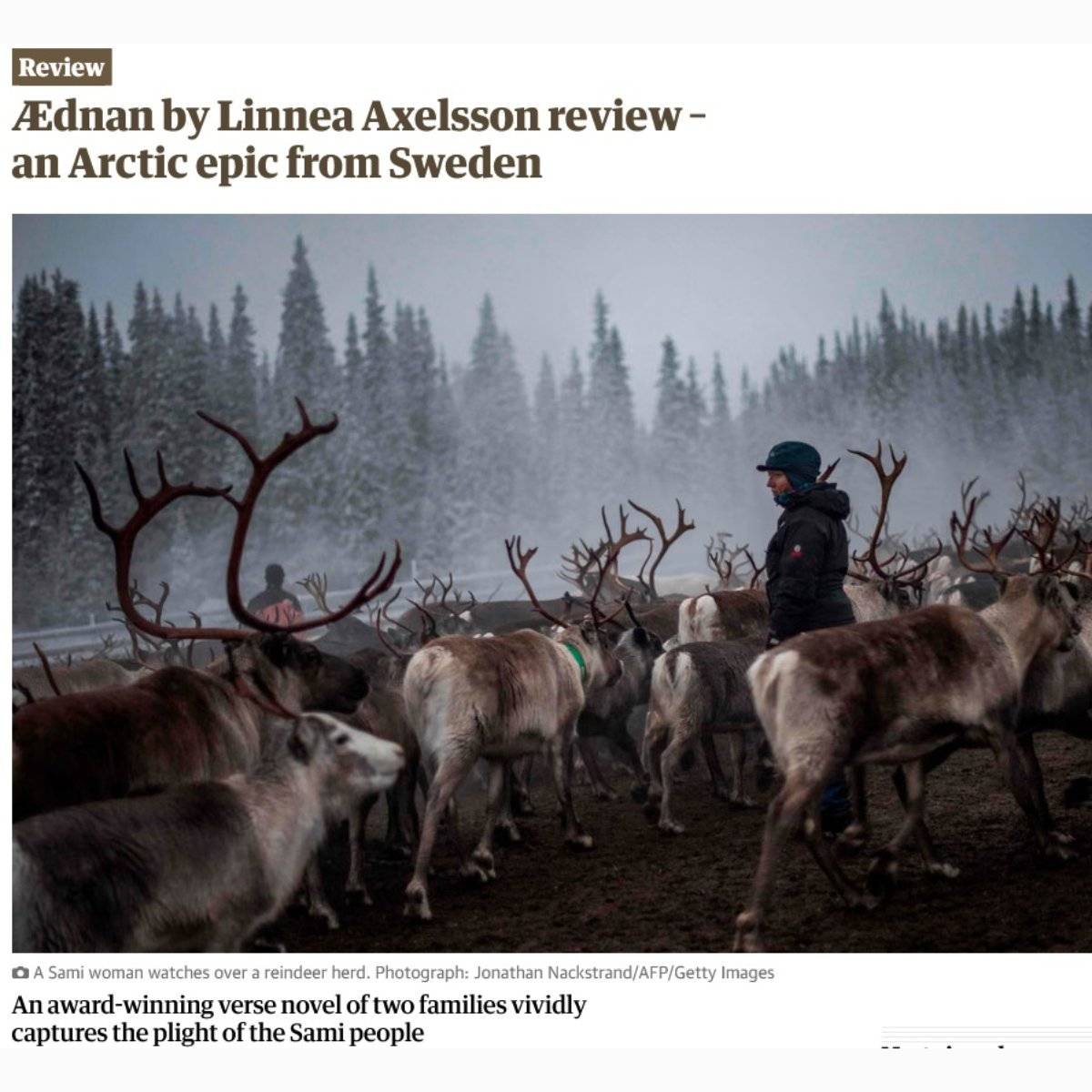
Halfway through this novel in verse about a #Sami family in Northern #Sweden. It is sparse and beautiful. It requires much reading between the lines, and basic knowledge about the history of the region helps, hence my relief at the review in the link, which gives helpful pointers: https://www.theguardian.com/books/2024/jan/18/dnan-by-linnea-axelsson-review-an-...
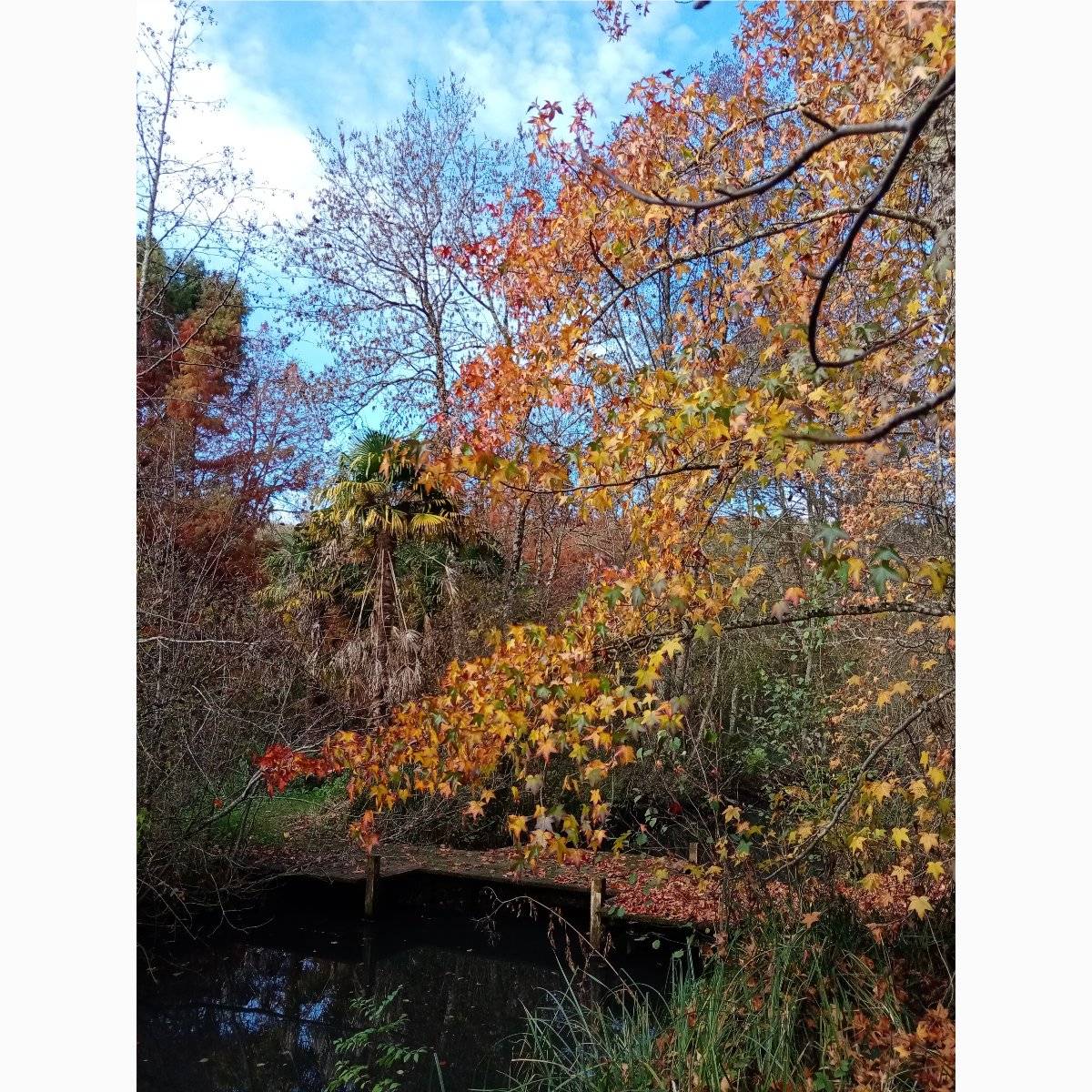
Classic autumn! Picture taken last Sunday on our walk. Since then, temperatures have dropped, and it feels more wintery than autumnal.
#beautybreak
@ImperfectCJ
@AmyG
@kspenmoll
@TheBookHippie
@Amiable
@OriginalCyn620
@Tamra
@JessClark78
@Sace
@dabbe
@LiseWorks
@uncommonlycozies
@Karisa
@AnnCrystal
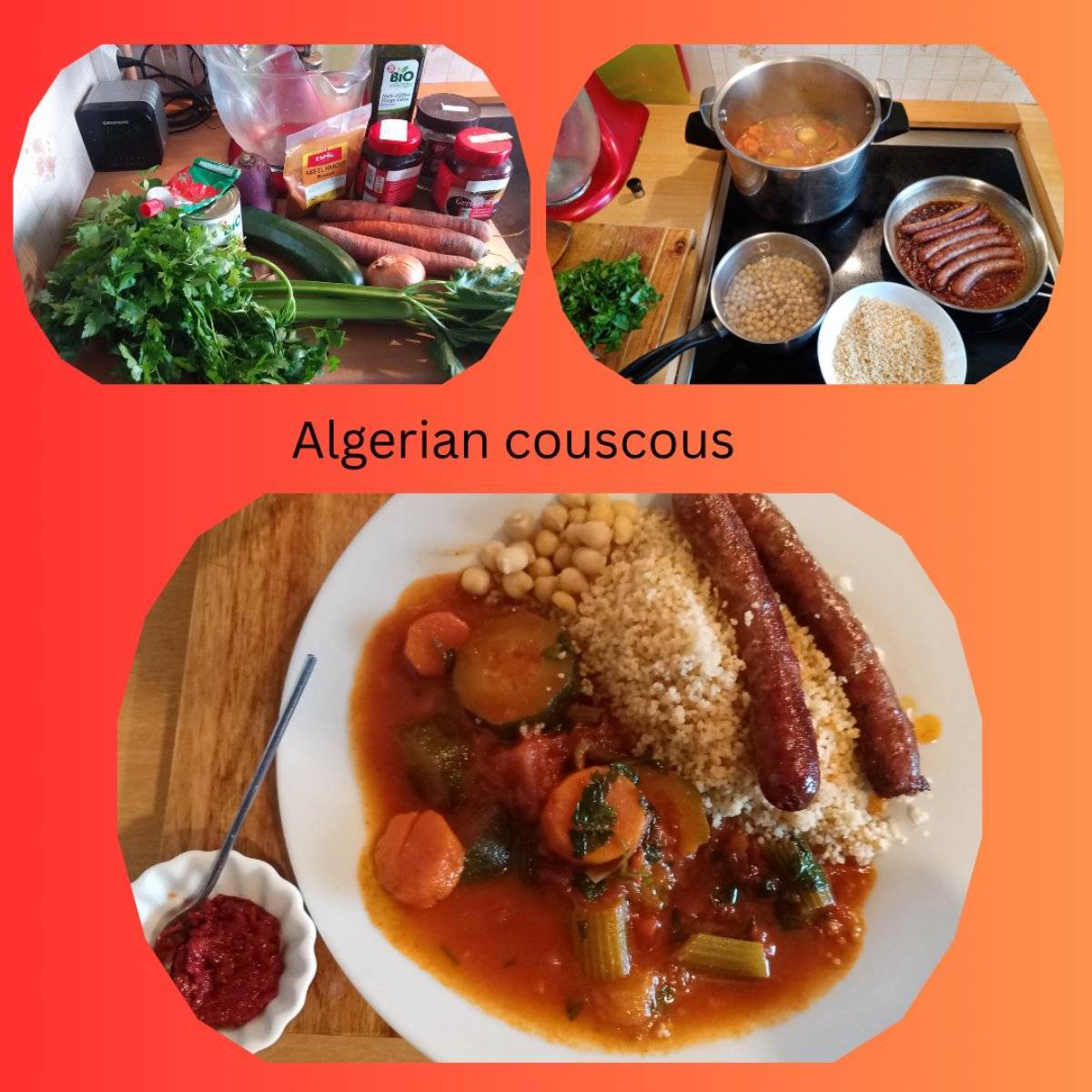
Here is the couscous I made. The couscous sauce contains lamb, various vegetables, ginger, garlic, and ras el hanout spices. The couscous semolina is rehydrated, fluffed up, mixed with either butter or olive oil, then steamed, all of it twice. It is served with merguez sausages, chickpeas, which I flavoured with carraway seeds, and harissa, a delicious red pepper and garlic relish (bought ready-made).
#Algeria #FoodandLit
@Catsandbooks @Texreader

This book gives us the reflections of Boualem, a non-religious bookseller in a place run by Islamic fundamentalists, pretty transparently #Algeria. He is isolated & harassed. It was written during the Algerian civil war and the FIS rule. Djaout was murdered by the GIA & the book was published posthumously. I'm not sure it should have been: it's badly written & edited. ⬇
#FoodandLit
@Catsandbooks @Texreader
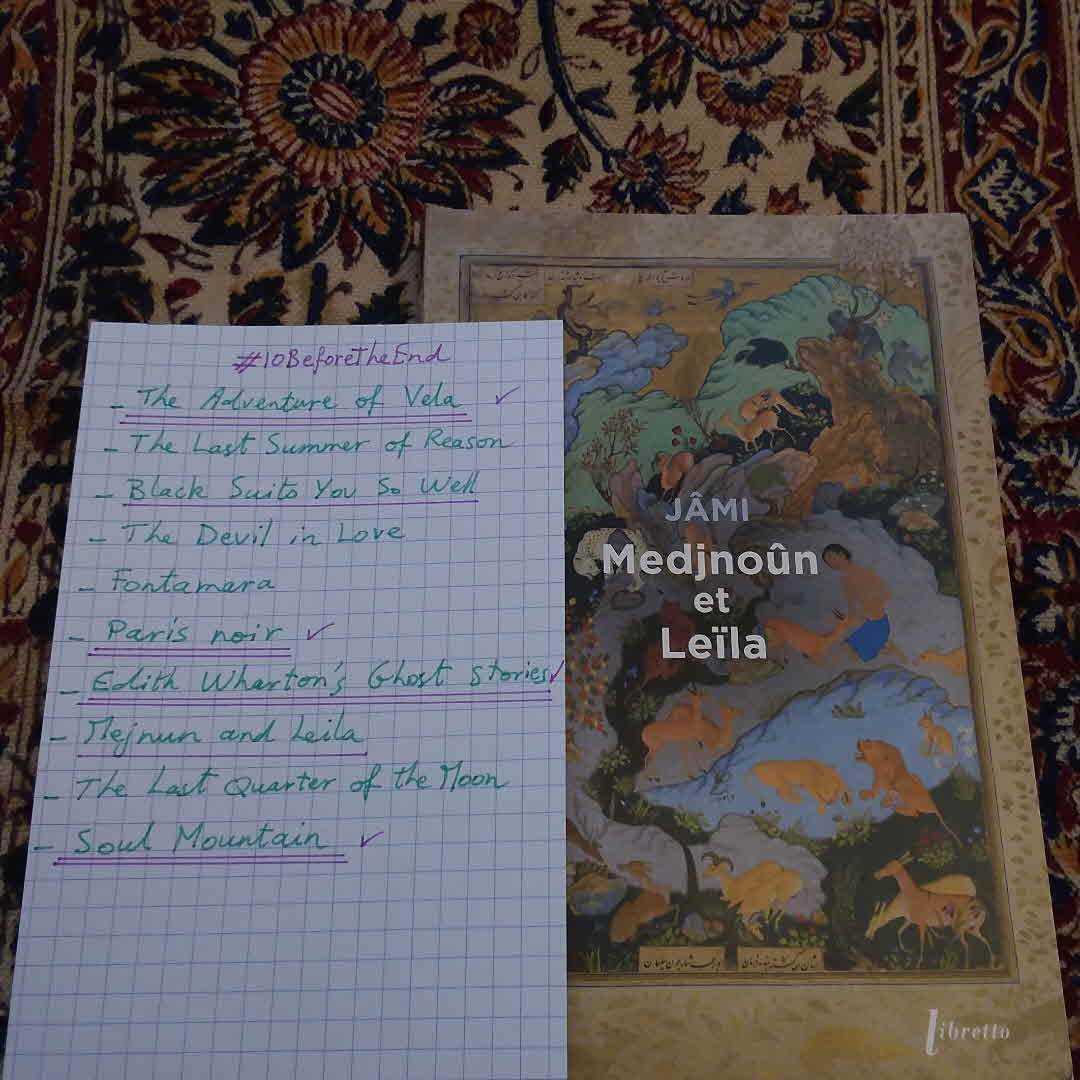
Here are my Latest #10BeforeTheEnd news:
I am reading Jami's Mejnun & Leila in between library holds.
Next is Black Suits You so Well by Ahlam Mosteghanemi for #FoodAndLit #Algeria which should reach my library this week.
The 4 titles that are ticked and underlined twice are read.
We'll see whether I reach my full goal: I'm only 50% confident because I forgot to factor in library holds coming through & other distractions 😁
@ChaoticMissAdventures
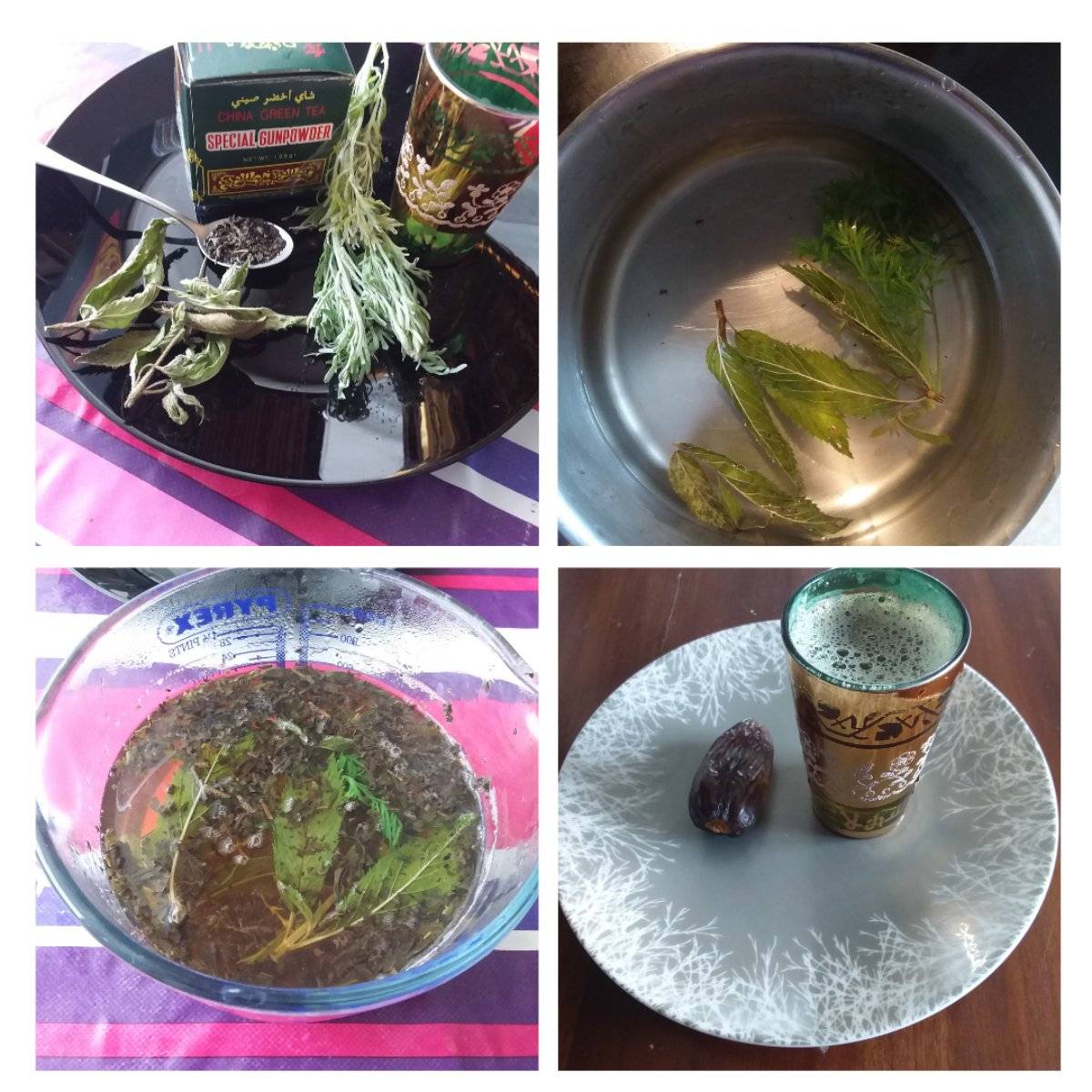
I made a pot of Maghrebi tea with gunpowder green tea, dried mint, and tree wormwood, which is in season right now and traditional in winter. Wormwood makes it bitter, but gives it an interesting, more complex taste. It's normally served hot, sweet, and foamy, in a glass.
#FoodandLit #Algeria
@Catsandbooks @Texreader
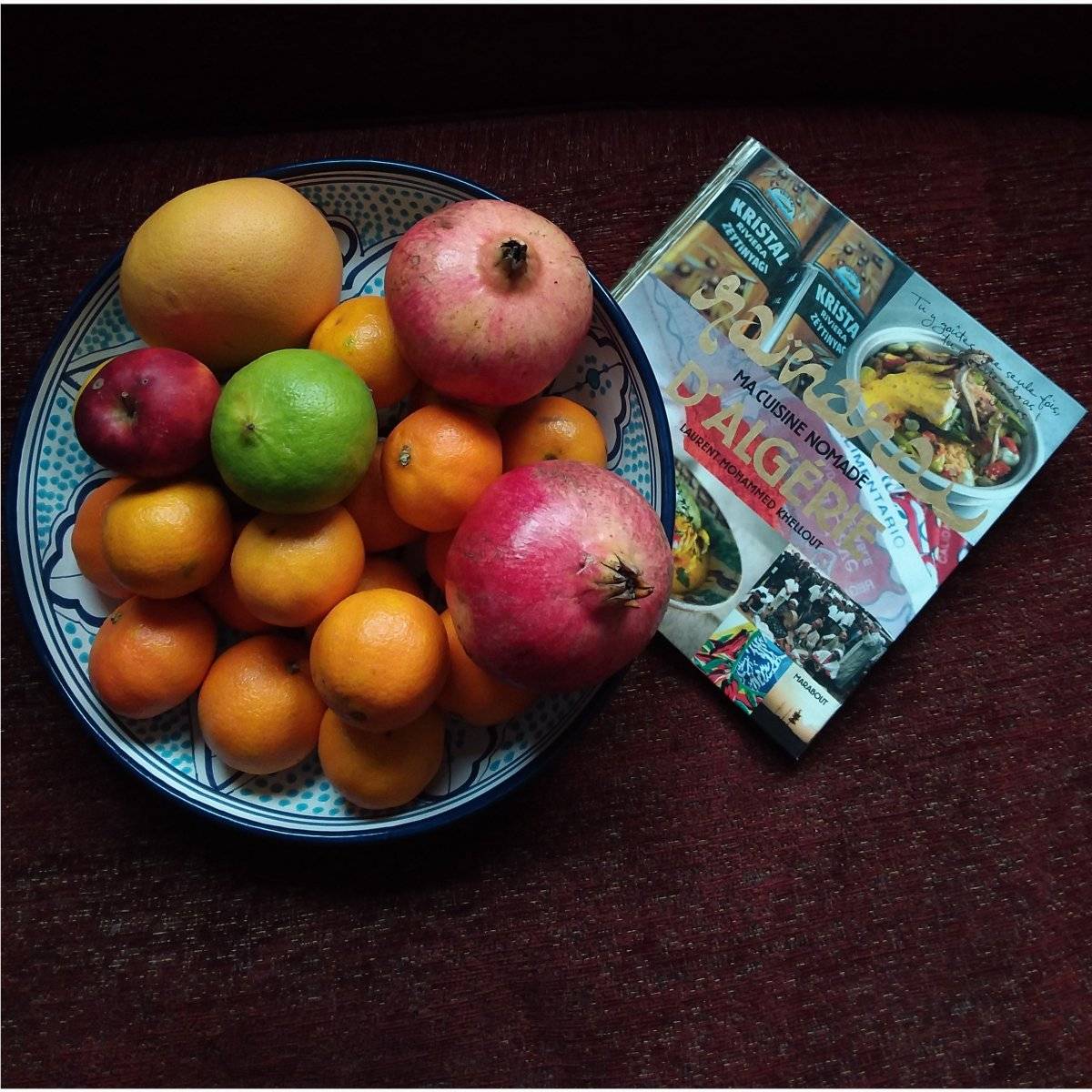
An author with a French 1st name, an Arabic middle name, a Maghrebi last name. At no point did I think that his cookbook would be translated from Dutch, & not well. This is of no use to me because it assumes a Dutch pantry, and some ingredients are so weirdly translated I am not sure what they actually are. Also, this is clearly more of a cook's book than a book about the traditional cuisine of nomadic Algerians.
#FoodandLit #Algeria
@Texreader
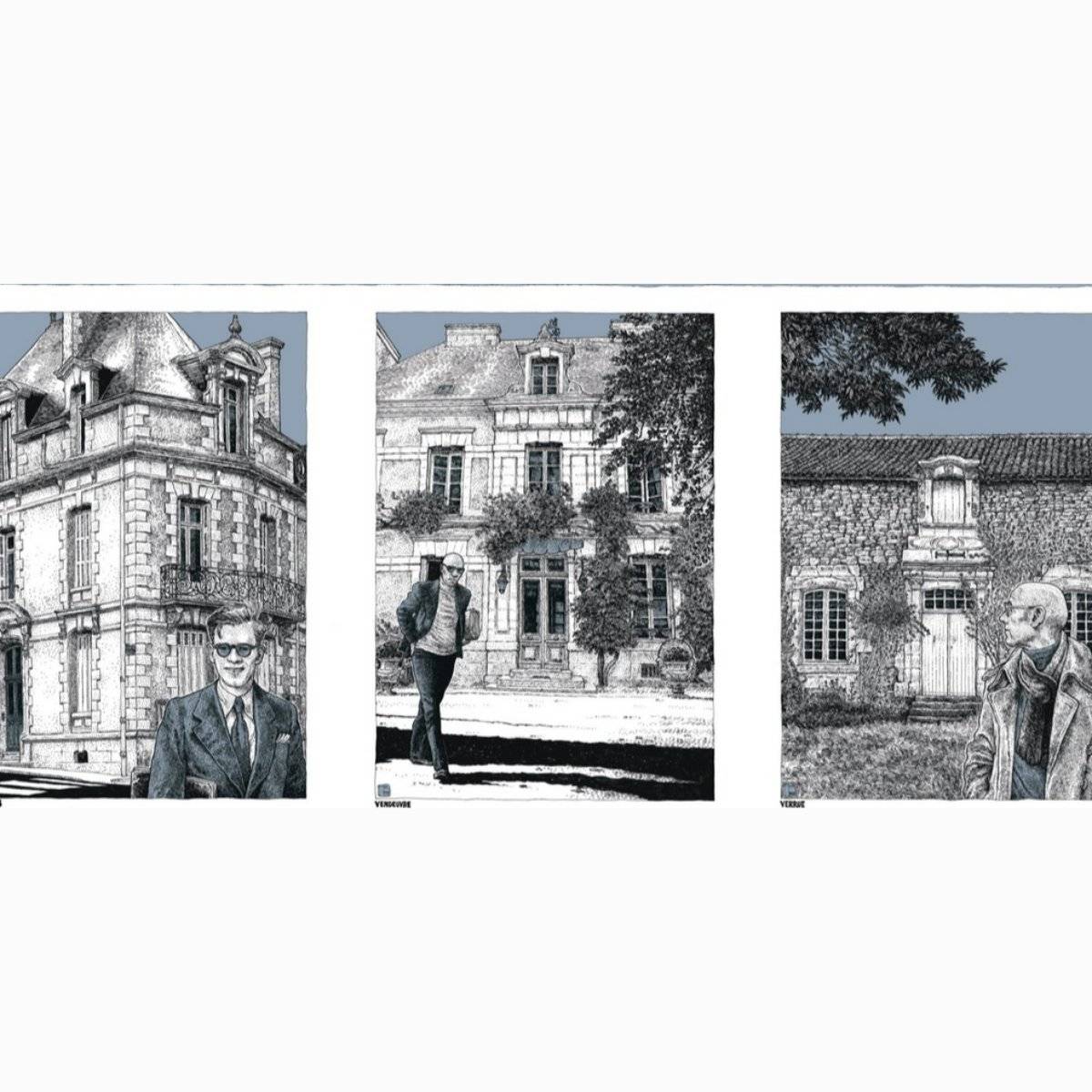
This afternoon, I went to a talk by all 4 authors of Les trois maisons de Michel Foucault“ (Foucault's 3 houses), a graphic work about Foucault's life and work, explained through the prism of his houses. The book is not in the database because it will be published in April 2026 by Presses Universitaires de Rennes,
a university press. Quite interesting, and I bagged 3 bookmarks 😁
Looking forward to Publication Day 😄
Illustrations from the book

The author gives more agency to Layla than in the medieval and early modern versions. I won't say what happens because it might be considered a spoiler. Let's just say that I liked the new ending.
What I liked less is the section on Majnun's rotting corpse. The arty treatment felt a bit self-indulgent and off. I turned the pages quickly because as someone who lost a parent earlier this year, I am not ready for this.
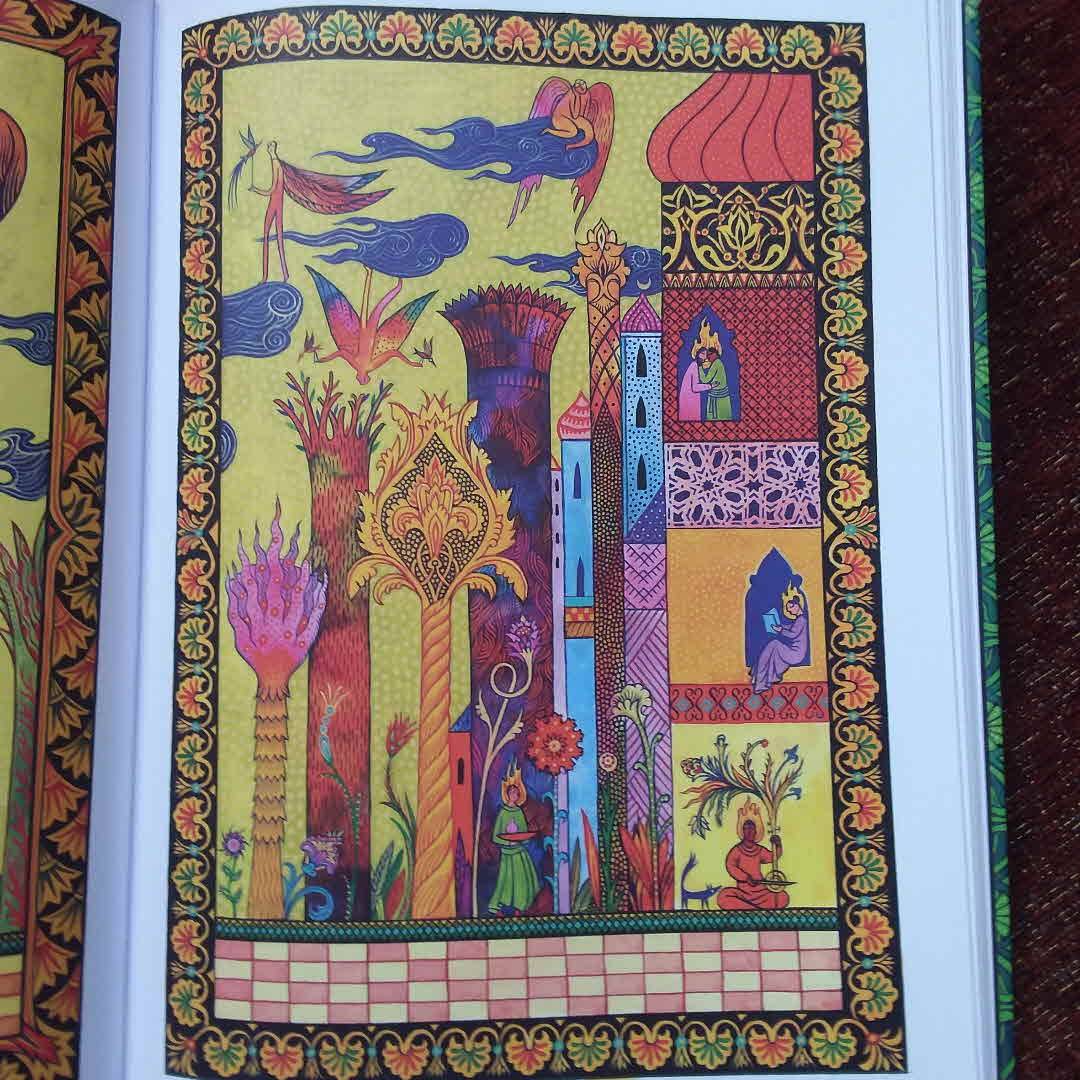
More art from the book. Its description on Litsy might give the impression that it is an illustrated version of a Persian original. It isn't. It's a modern retelling in verse, which from what I understood from the author's presentation, was inspired foremost by Nizami's version (which I read back in April), and then by Jami's (which I am reading at the moment) and Khosrow's.
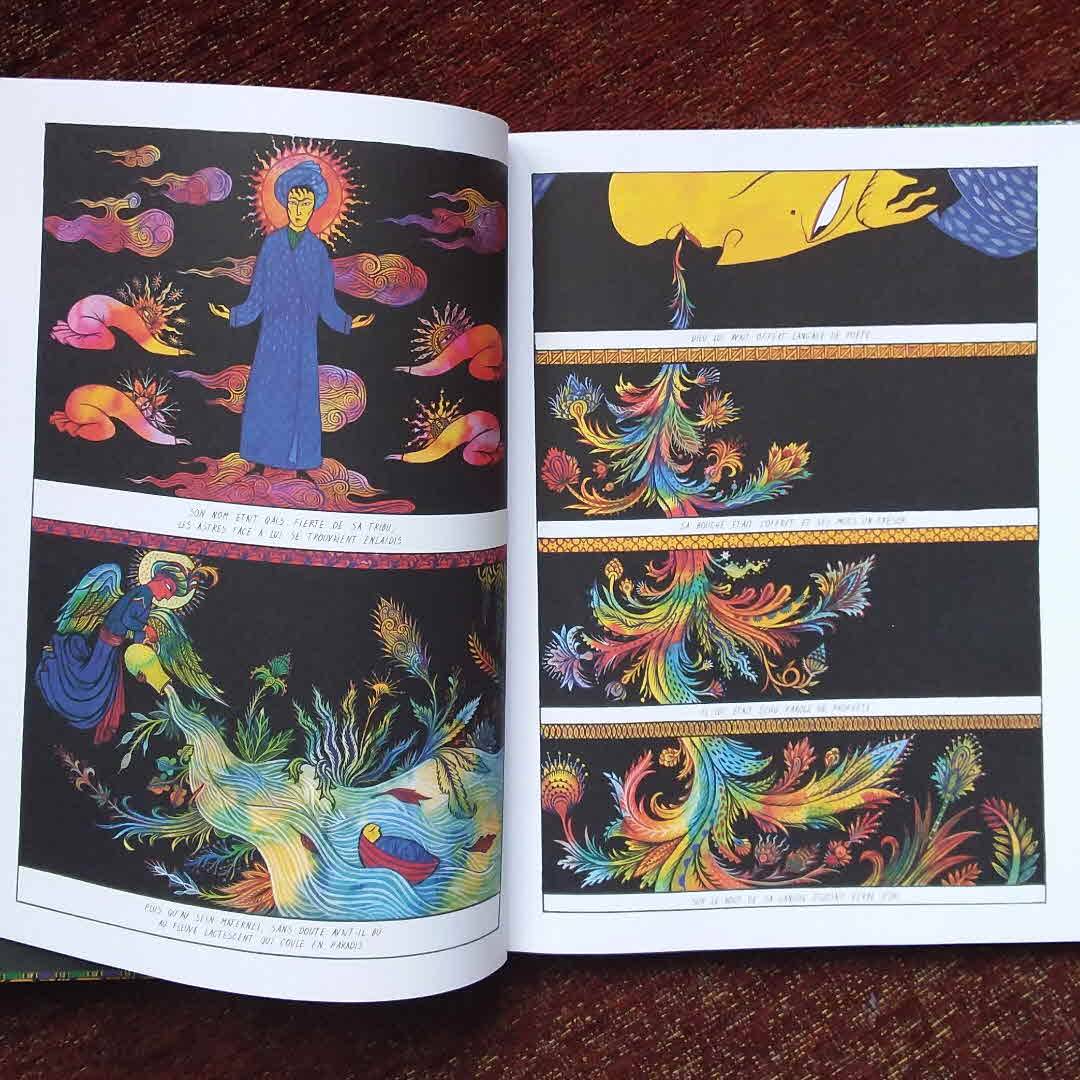
Last week, I went to a reading and projection of the tagged book during which the author and a friend played Arabic, Iranian and Turkish music. It was quite moving, and now I am reading the book. You can see how intricate the illustrations are. Damezin is quite the Renaissance man: he can write poetry, draw, play various musical instruments, and improvise music!
Also, it was a free library event 👏
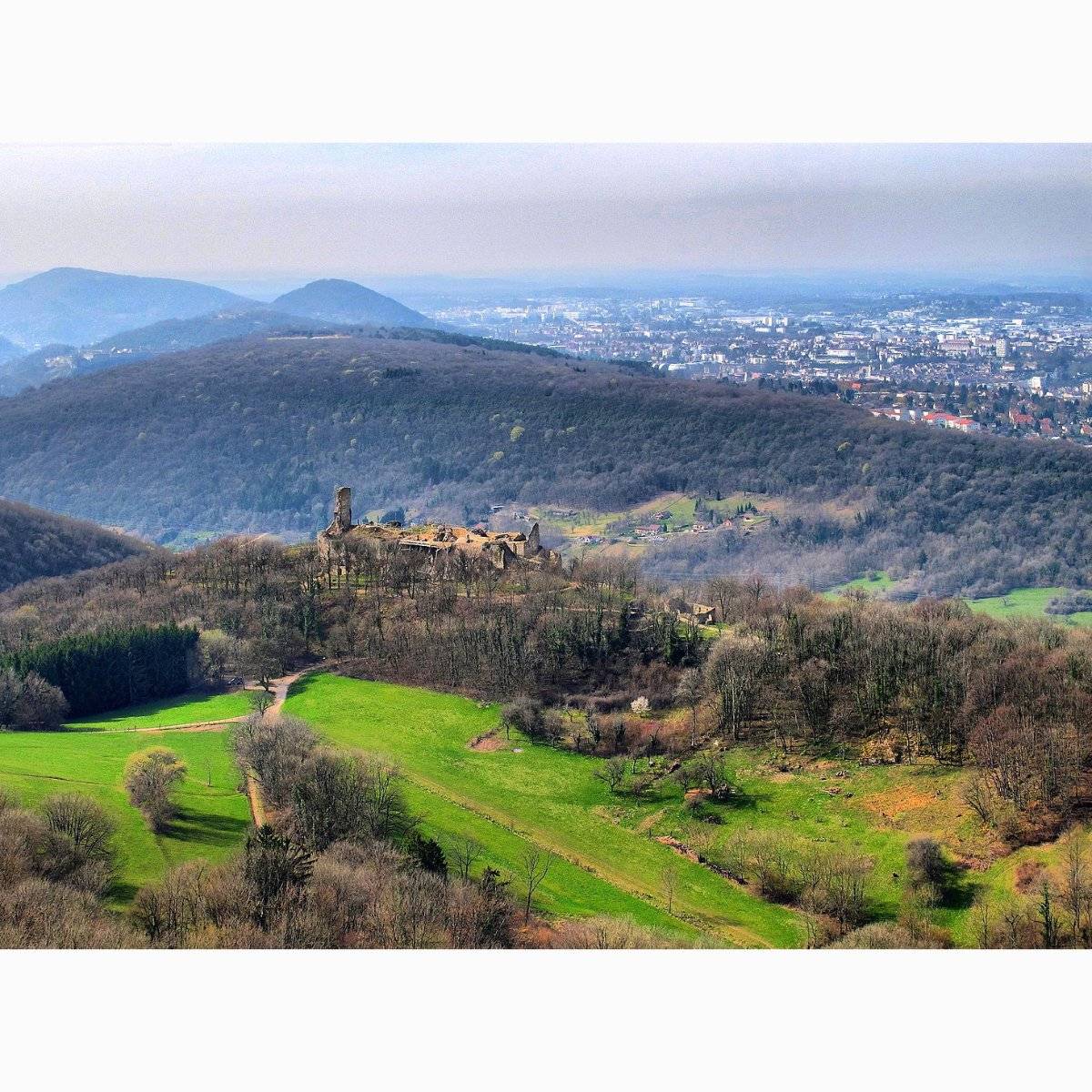
Ambivalent about this novel. I liked the subject matter (Jewish children in WWII & the people trying to protect them from nazis with a supernatural twist) & the author's choice to intersperse the story with straight factual sections on various topics, but I don't think it ever gelled into a coherent, authentic whole, mainly because the fiction side is underwhelming & unsophisticated, with too many details (food!) added for the author's pleasure ⬇

Fellag is an Algerian writer and comic. Here is a video of his most famous skit, with him singing “seksou makaroun loubya“ (couscous, pasta, bean stew), the only 3 dishes his mother (or his character's) ever served because they were too poor for anything else: https://youtu.be/TDM5mcMiTQs?t=259
#FoodandLit #Algeria
@Catsandbooks @Texreader
Also, I quite enjoyed the tagged book when I read it years ago.
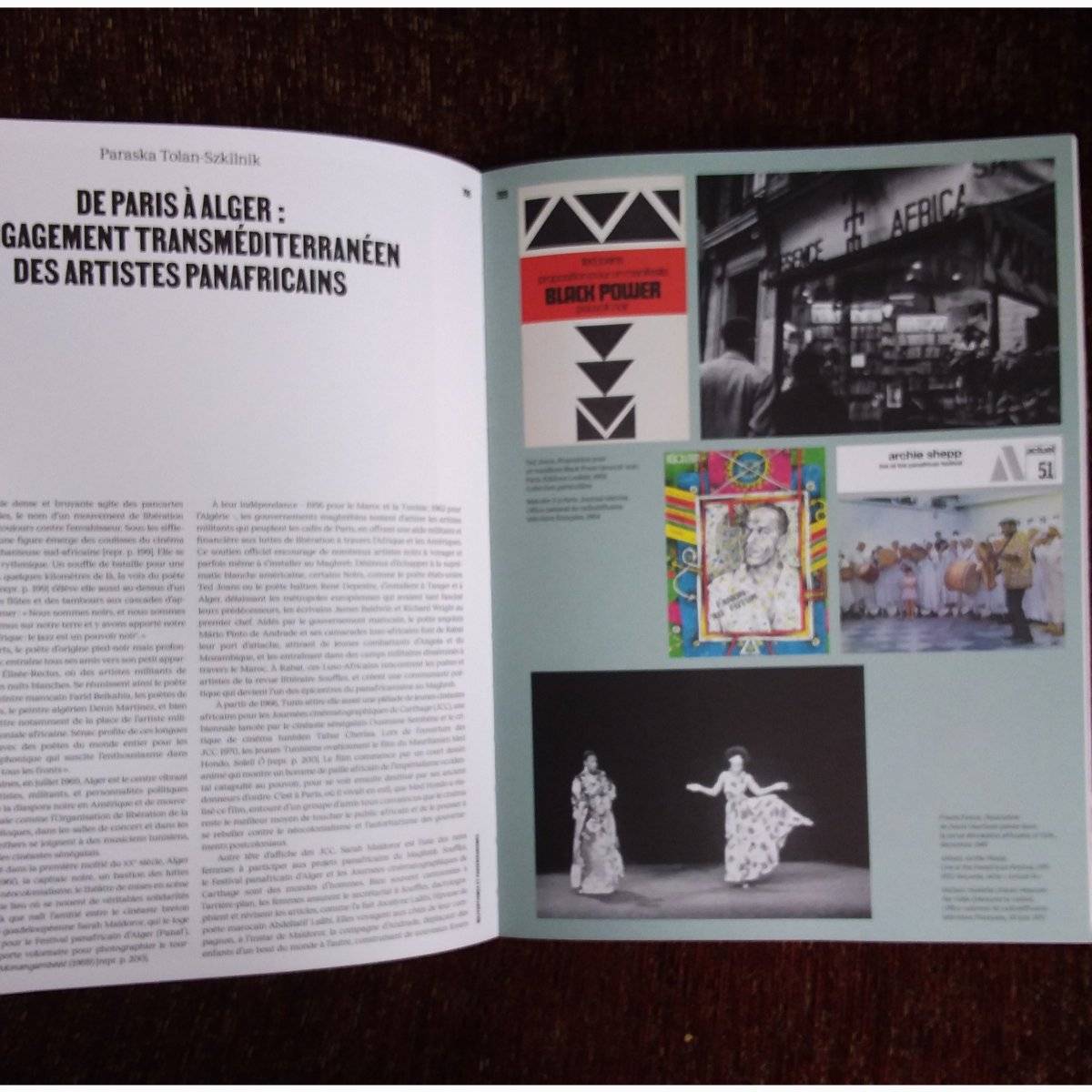
I know it's counterintuitive to tag a book about Paris for #FoodandLit #Algeria, but it has a chapter about the Algiers connection, which was for a few years a haven for Black Panthers and other artists and activists from the US and France.
@Catsandbooks @Texreader

A woman researches the life of her great-grandmother Betsy who was lobotomised and spent 15 years in a psychiatric ward for hazy and controversial reasons, which the author argues have more to do with her husband's comfort, and ultimately, misogyny. Family members' memories and interpretations of events vary, and facts have to be teased out from letters, archives, and interviews with elderly people, as the main protagonists are all dead. ⬇
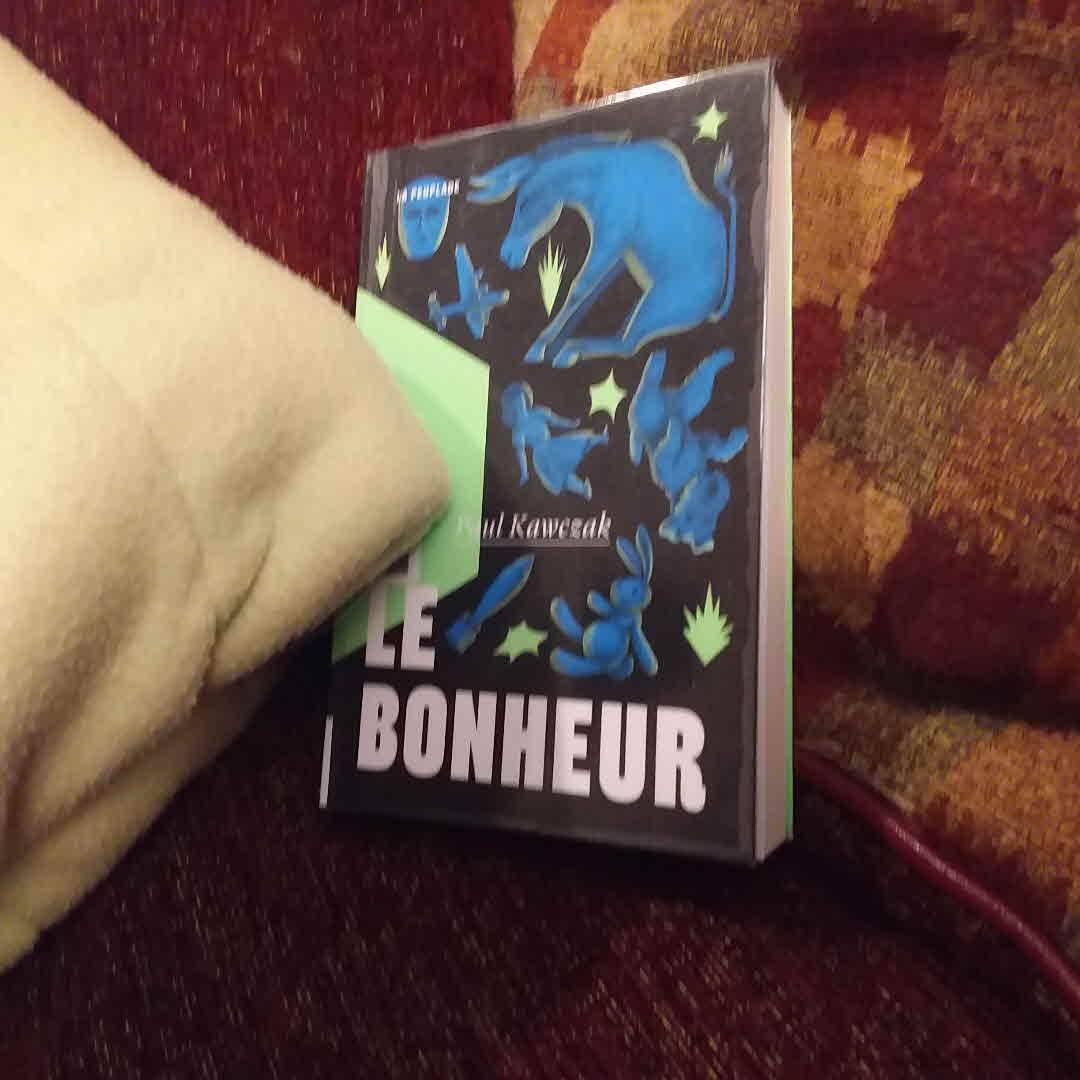
Starting tagged book whose cover matches* my (very old & ugly but very comfy) blanket. It's from Québec-based publisher La Peuplade, whose choices are always quite interesting. The story is set in the #Doubs département in France and my aim this year is to read books from there.
#HyggeHour @AllDebooks
@Chrissyreadit @TheBookHippie
*It's not obvious on the picture, but I swear the colours are quite close IRL 😅
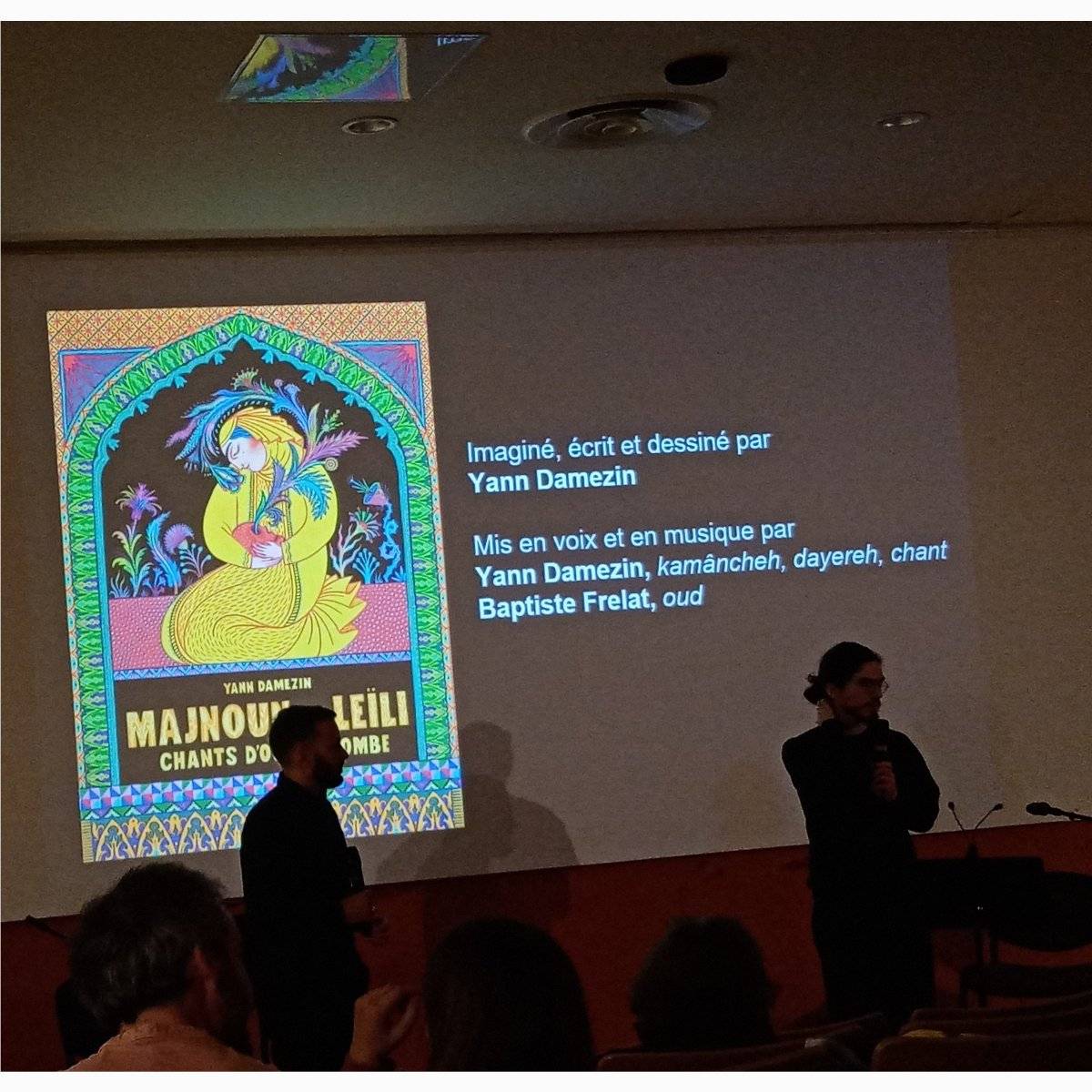
I went to a musical reading/projection of the tagged graphic novel in alexandrine verse, based on various versions of the Majnun and Leila story, but mainly on the Nizami one. I couldn't not go - it ticked all sorts of boxes for me: Persian and Arabic music, poetry, pretty pictures, not to mention the fact that my aim is to read all the versions of M&L I can find. wasn't expecting much however b/c I'd not heard of the author, but I loved it.
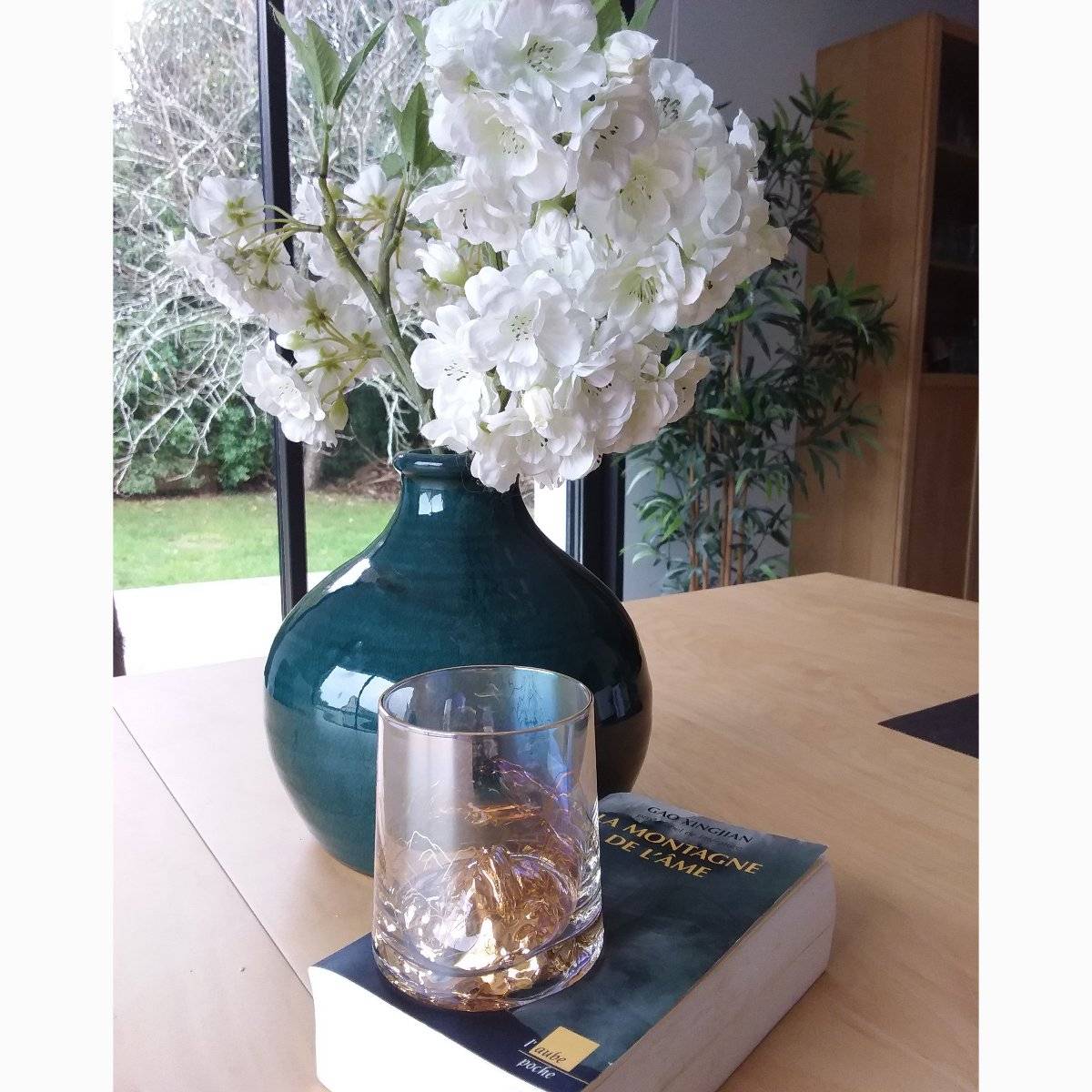
A 667-pages roadtrip novel, with chapters alternating between a disillusioned “you“ mainly looking for young women to spend the night with (those sections haven't aged well), and a “I“ looking for what I'll sum up as “Eternal China“: folksongs, old monasteries, folktales... and of course, the Soul Mountain in the title. I am glad I read it -I enjoyed the folk chapters- but I am in no hurry to read any more from this #NobelPrize winner.

The grandkid is gone so it's time to return the tagged book. She loved it - and that's an understatement! She asked each of us to read it an insane number of times per day over the holidays. So, I bought it online and it should reach her in a few weeks (kennys.ie aren't quick, but they're not Amazon and they ship within the EU).
I am not fully sold on the illustrations' German Swiss nostalgia, but I like the level of detail & the story is cute.
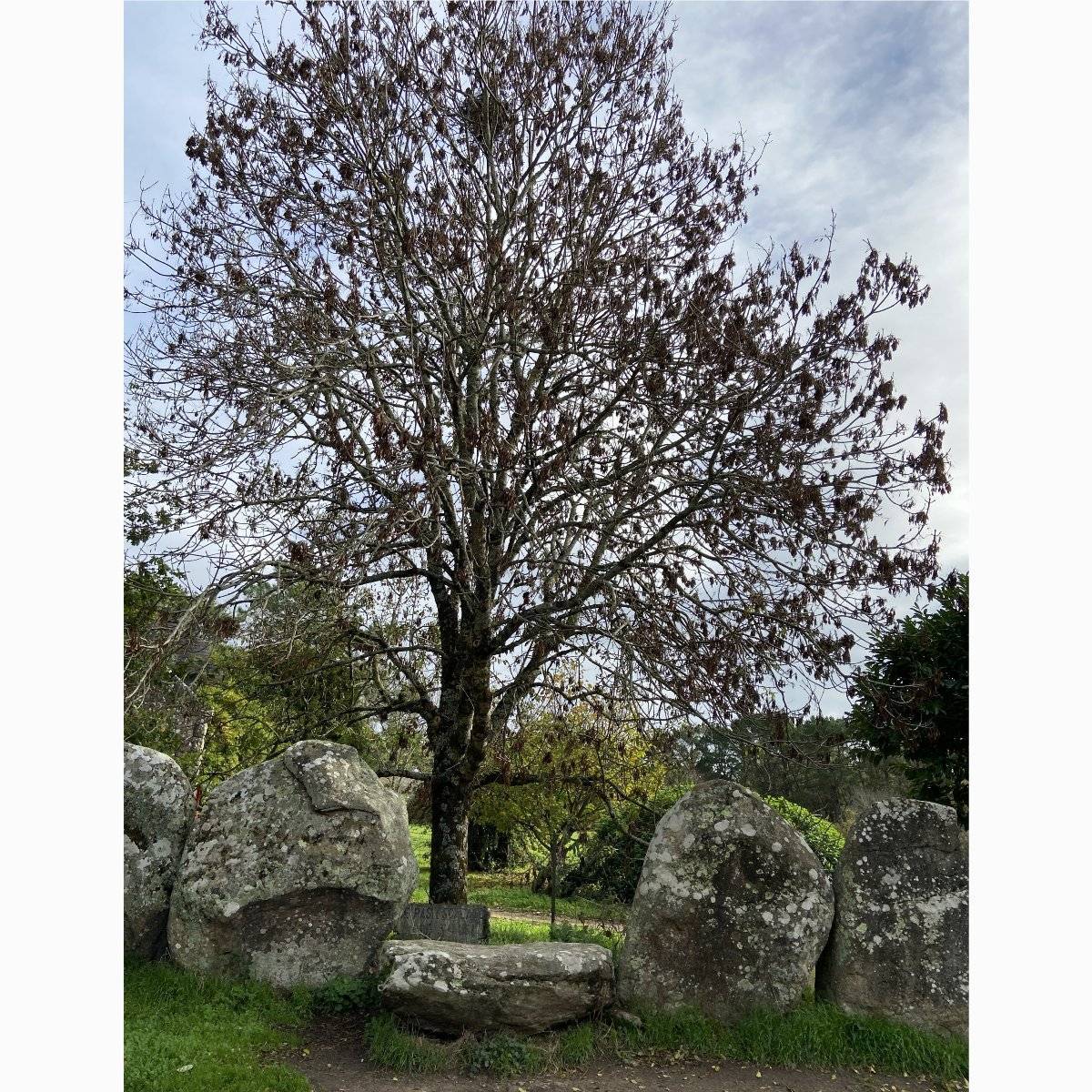
Another pic of Carnac standing stones outside of the enclosure for #beautybreak & b/c I've just finished the tagged book, bought at the Maison des mégalithes book/giftshop. It was available in French, English & German. A well-written, clear & concise introduction to the site & its history. Unsurprisingly, its pictures were better than the ones we took😊 I wish I'd read it *before* our visit.
#Brittany
Also we missed Halloween in Carnac by 2 days😤
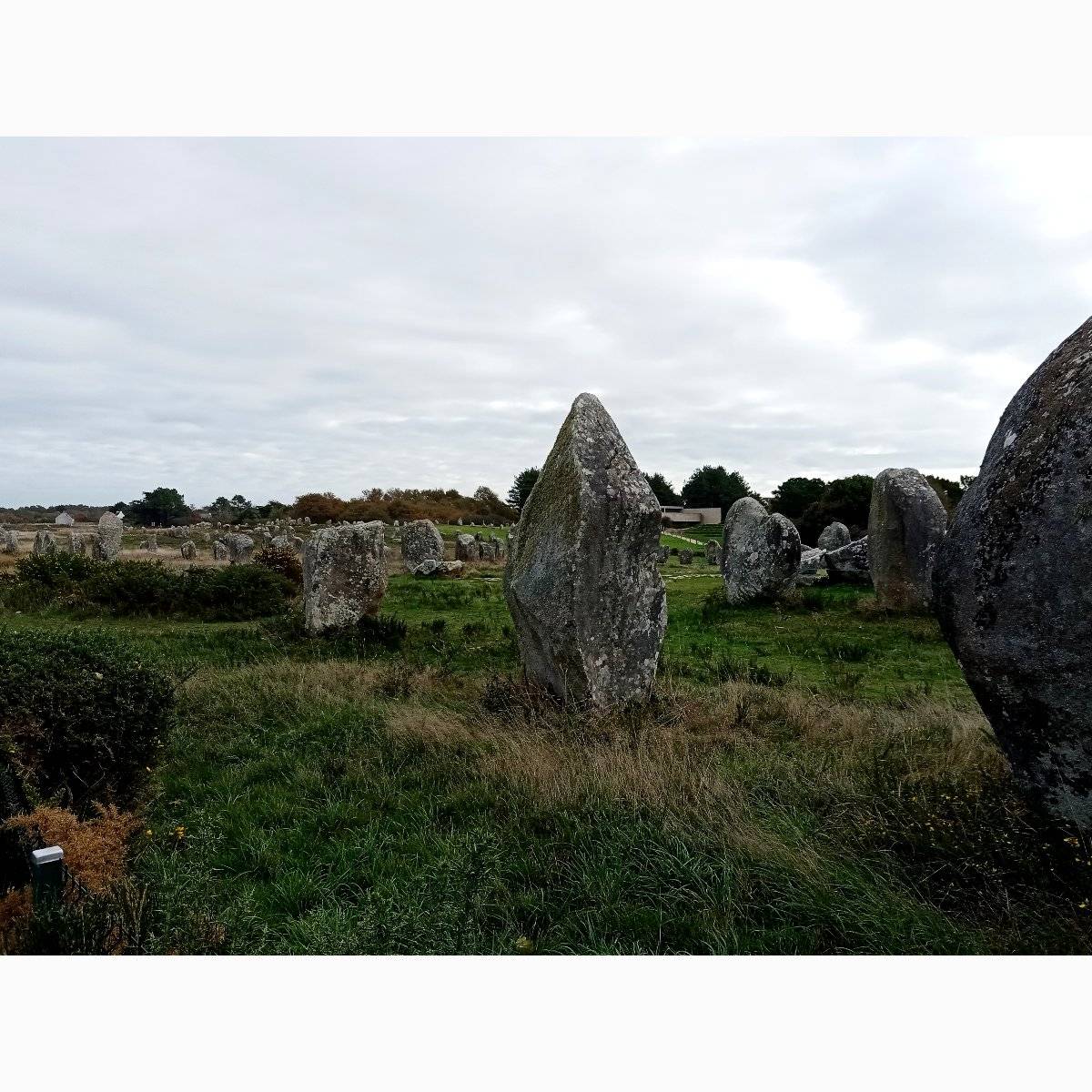
#beautybreak in Carnac, Brittany. These megaliths were erected around 3000 BCE. We were able to walk around their enclosure last Monday. It was bleak and beautiful and I felt privileged.
@AmyG
@kspenmoll
@TheBookHippie
@Amiable
@OriginalCyn620
@Tamra
@JessClark78
@Sace
@dabbe
@Dilara
@LiseWorks
@uncommonlycozies
@Karisa
@ImperfectCJ
@AnnCrystal
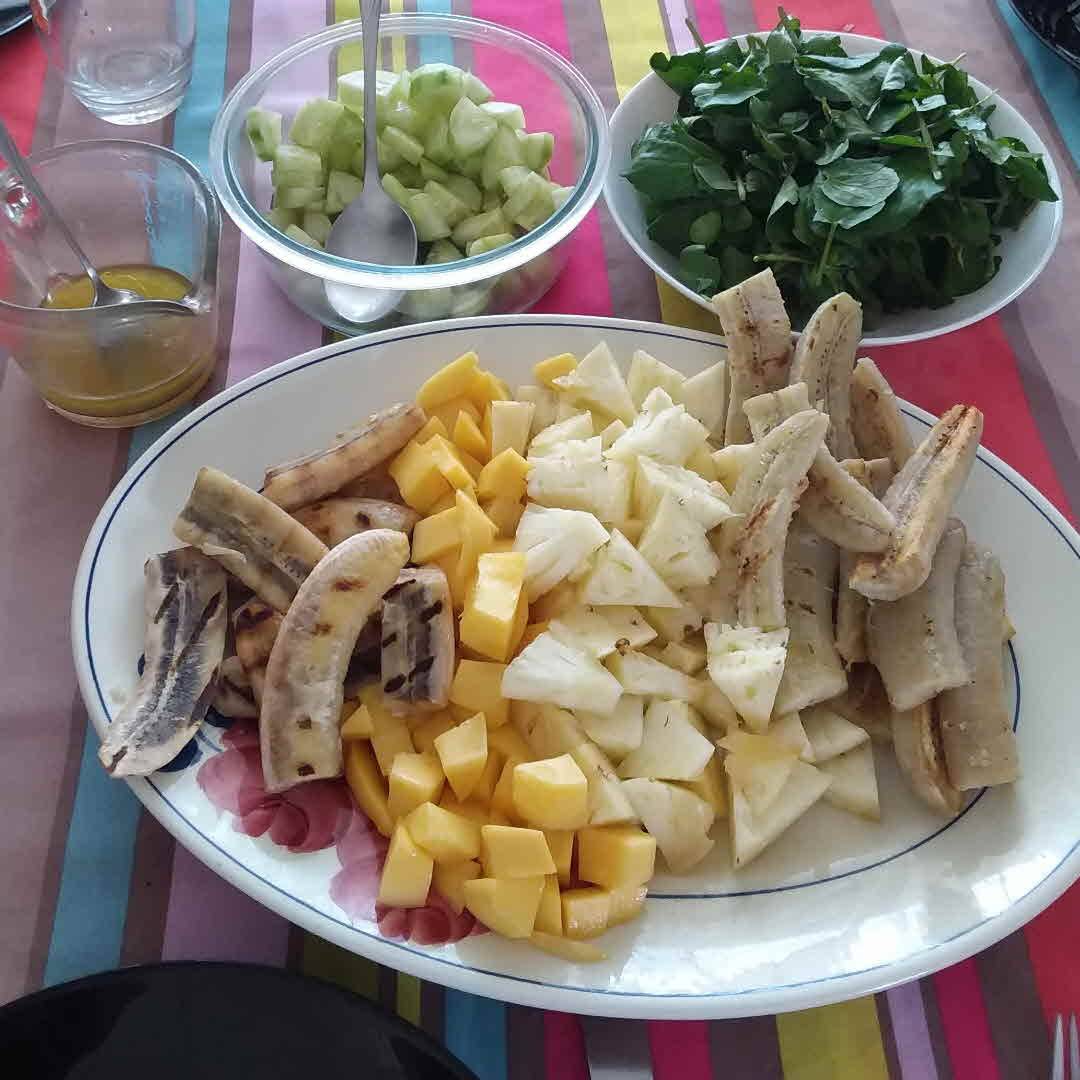
My last Samoan dish: Tina and Amazing's Green Island Salad
It is a salad that combines fruit, vegetable (watercress, cucumber) & starch (green banana). I, however, kept all the ingredients separate so that fussy people could mix and match as they wished in their plates. I used mango and pineapple instead of vi (which I'd never heard of) and guava (which I didn't have). Very nice, as I knew it would be!
#Samoa #FoodandLit @Catsandbooks @Texreader